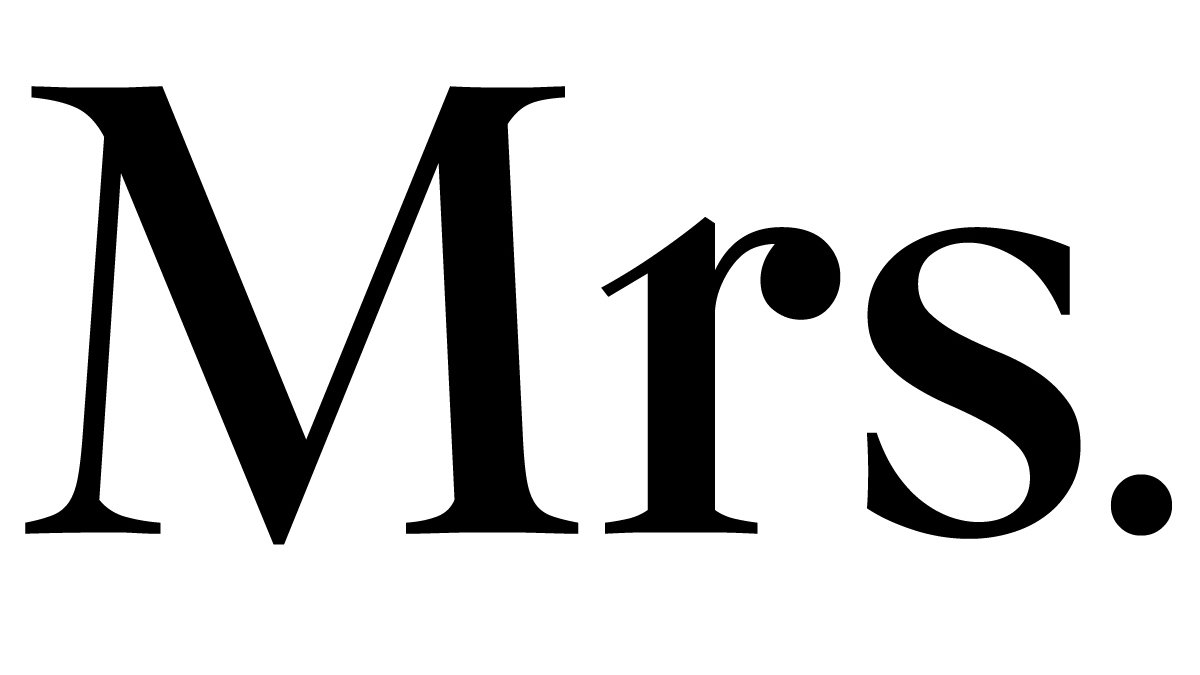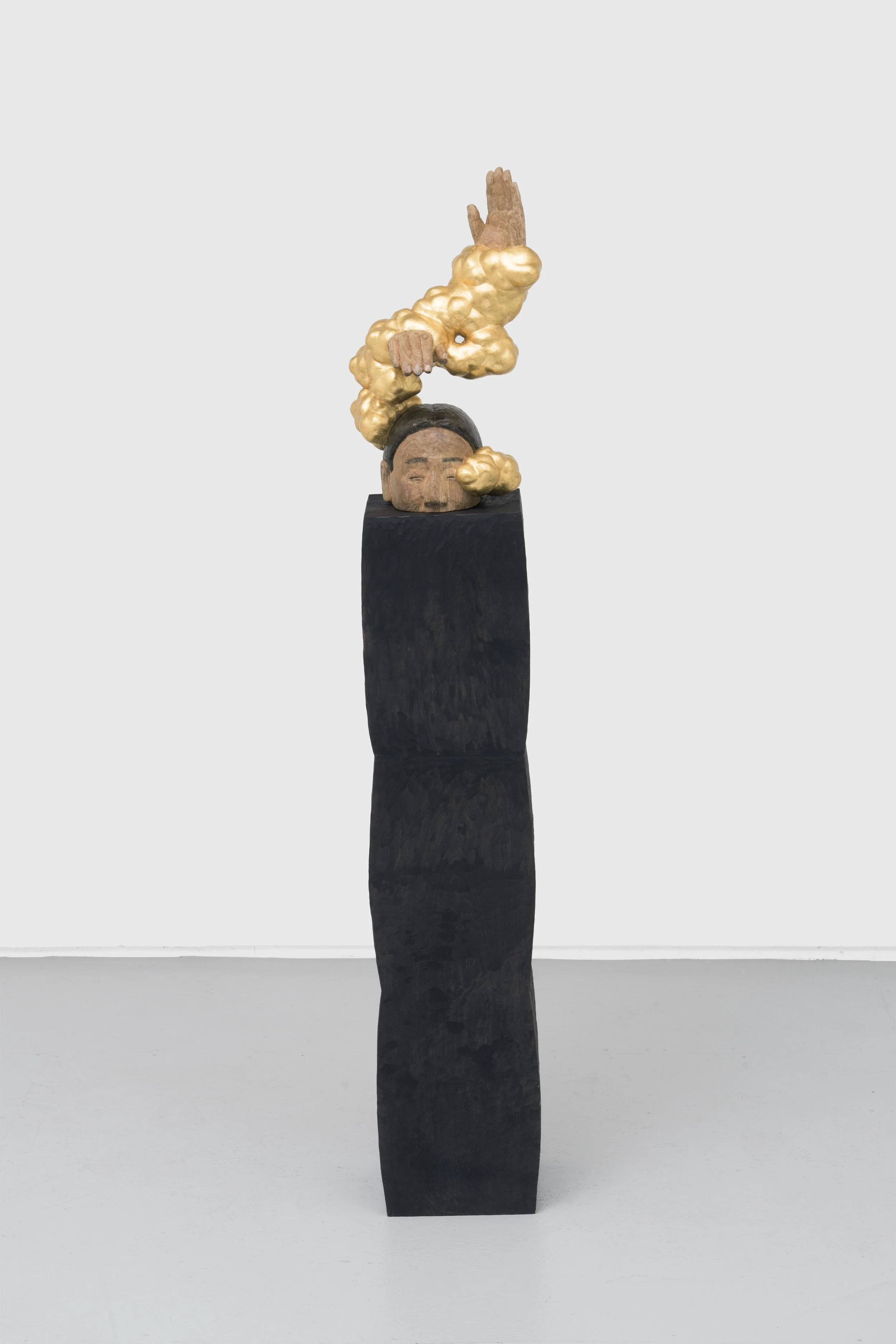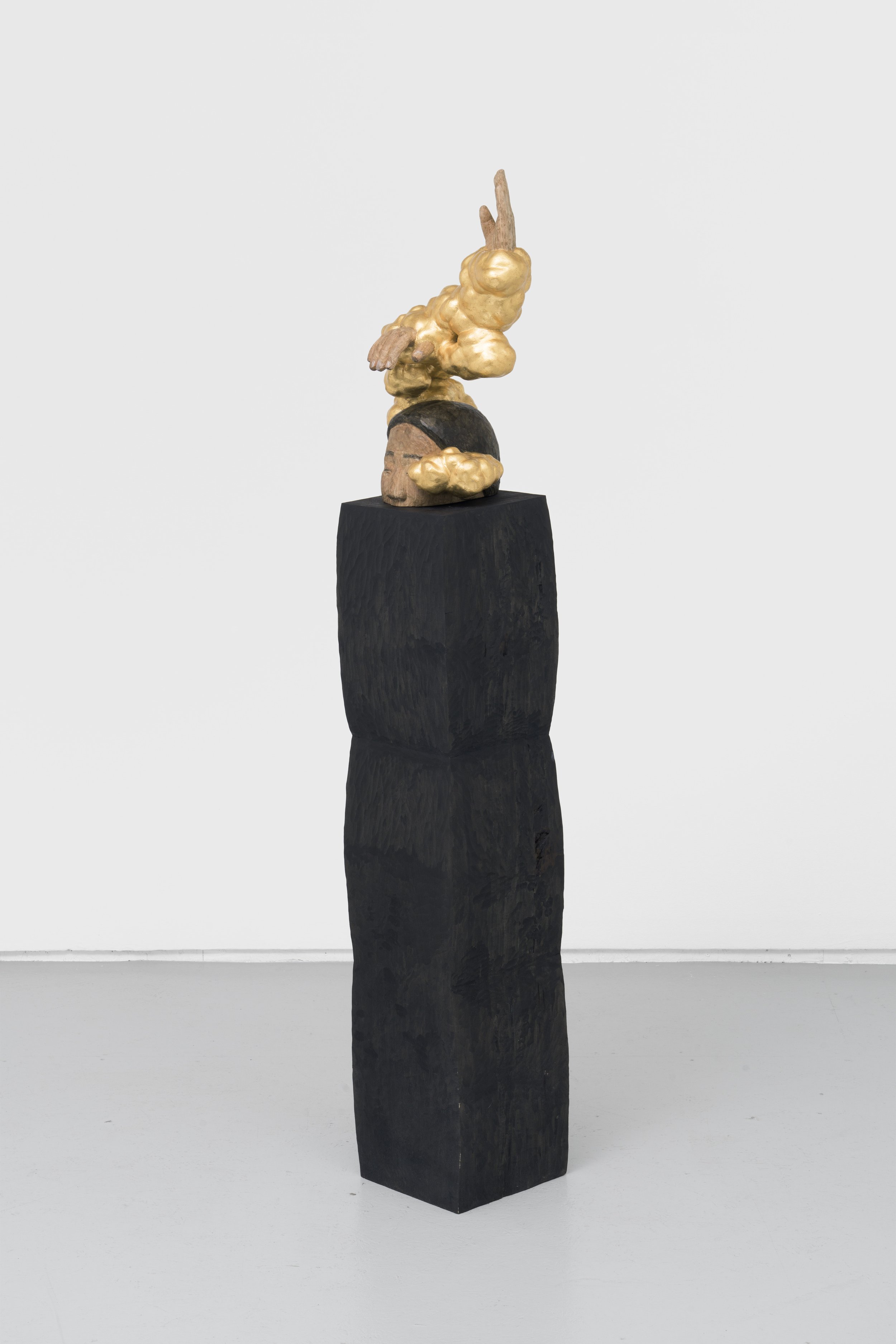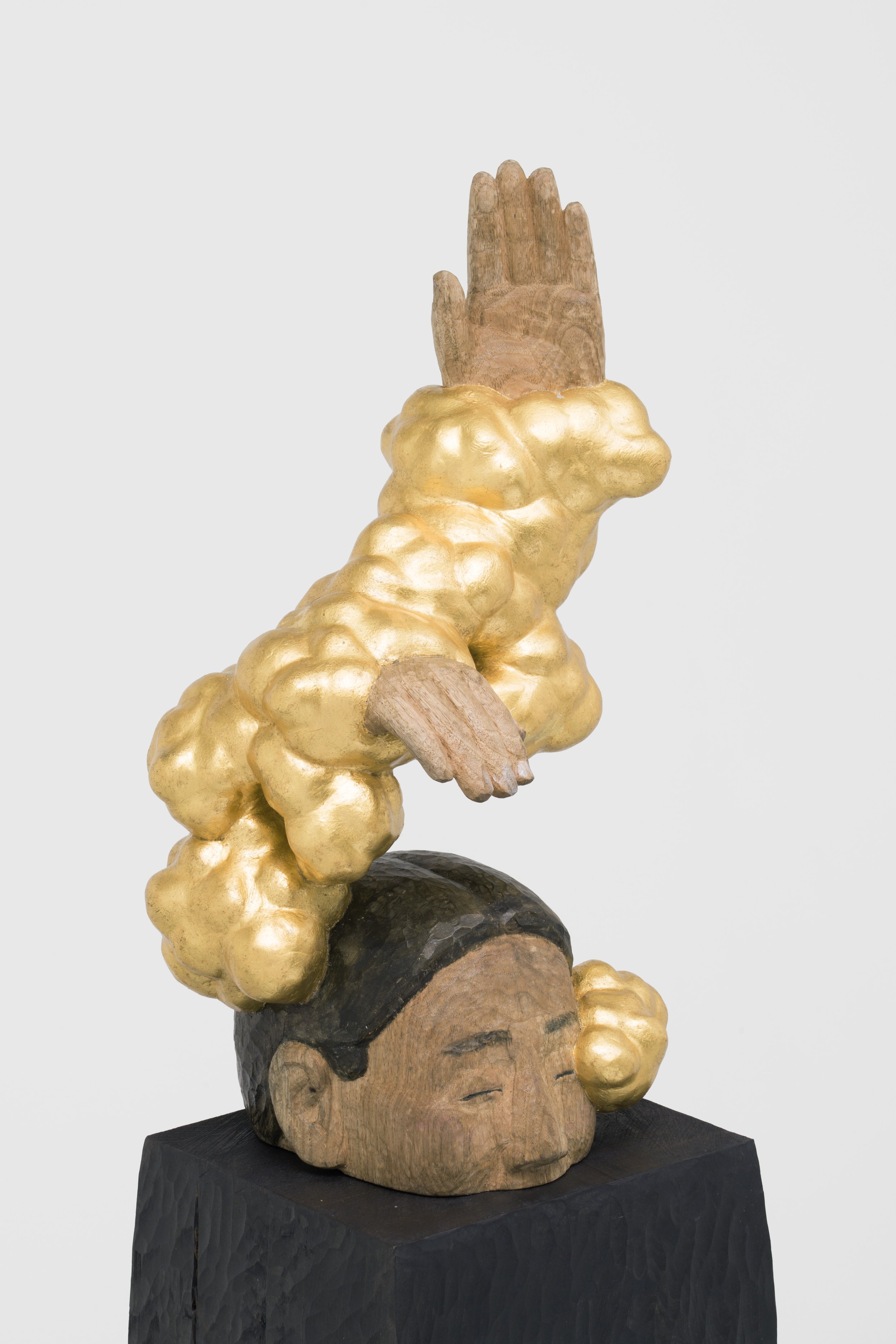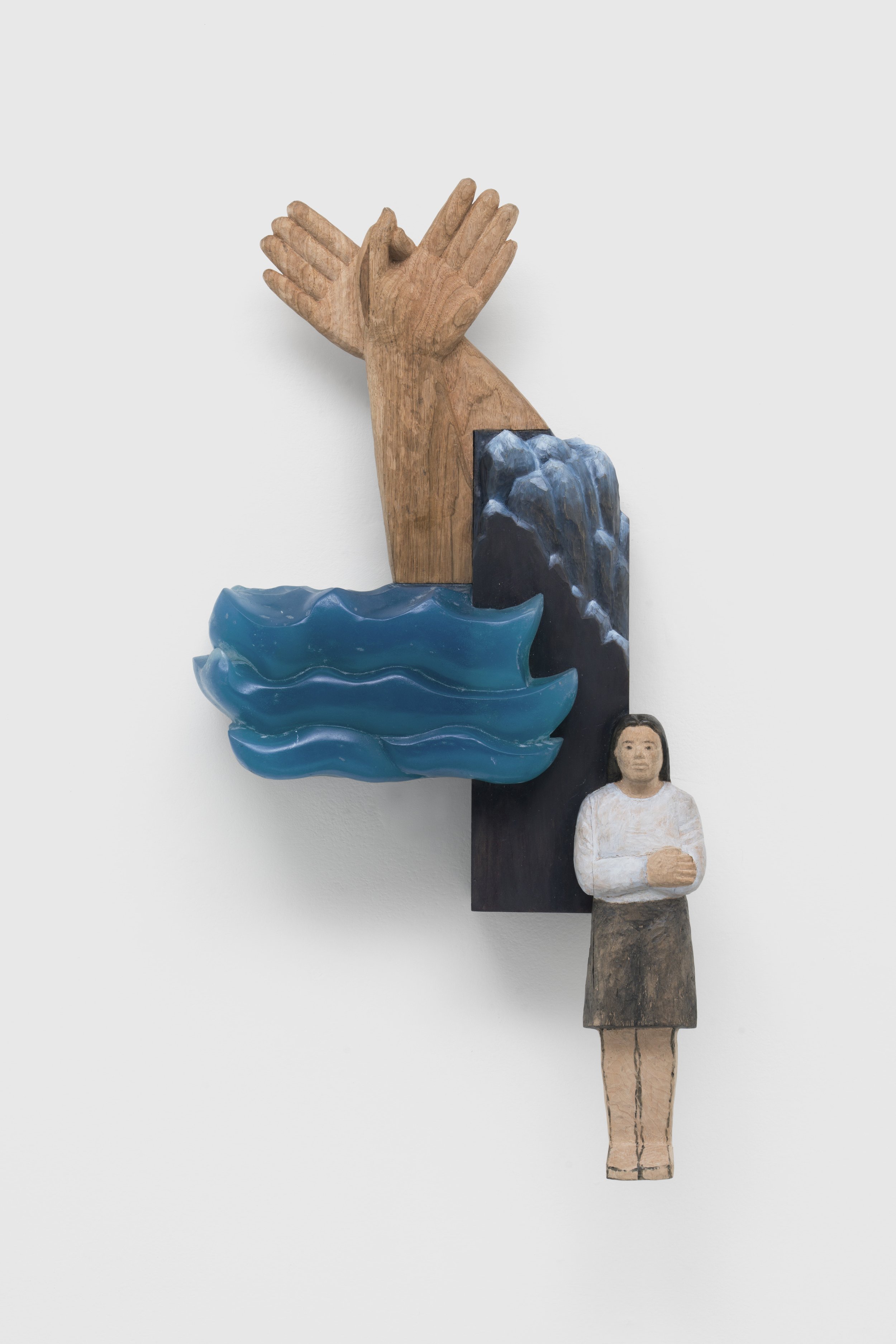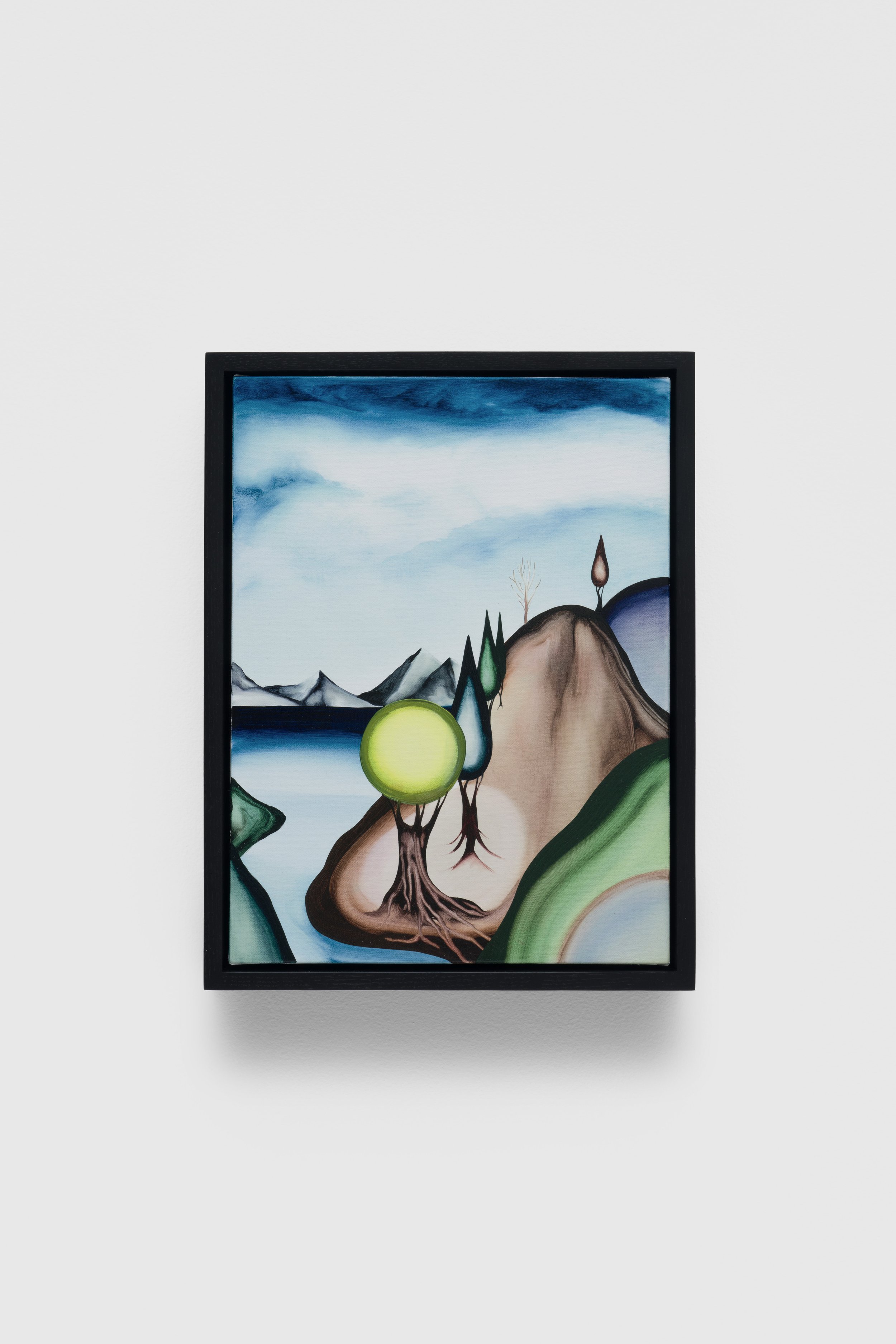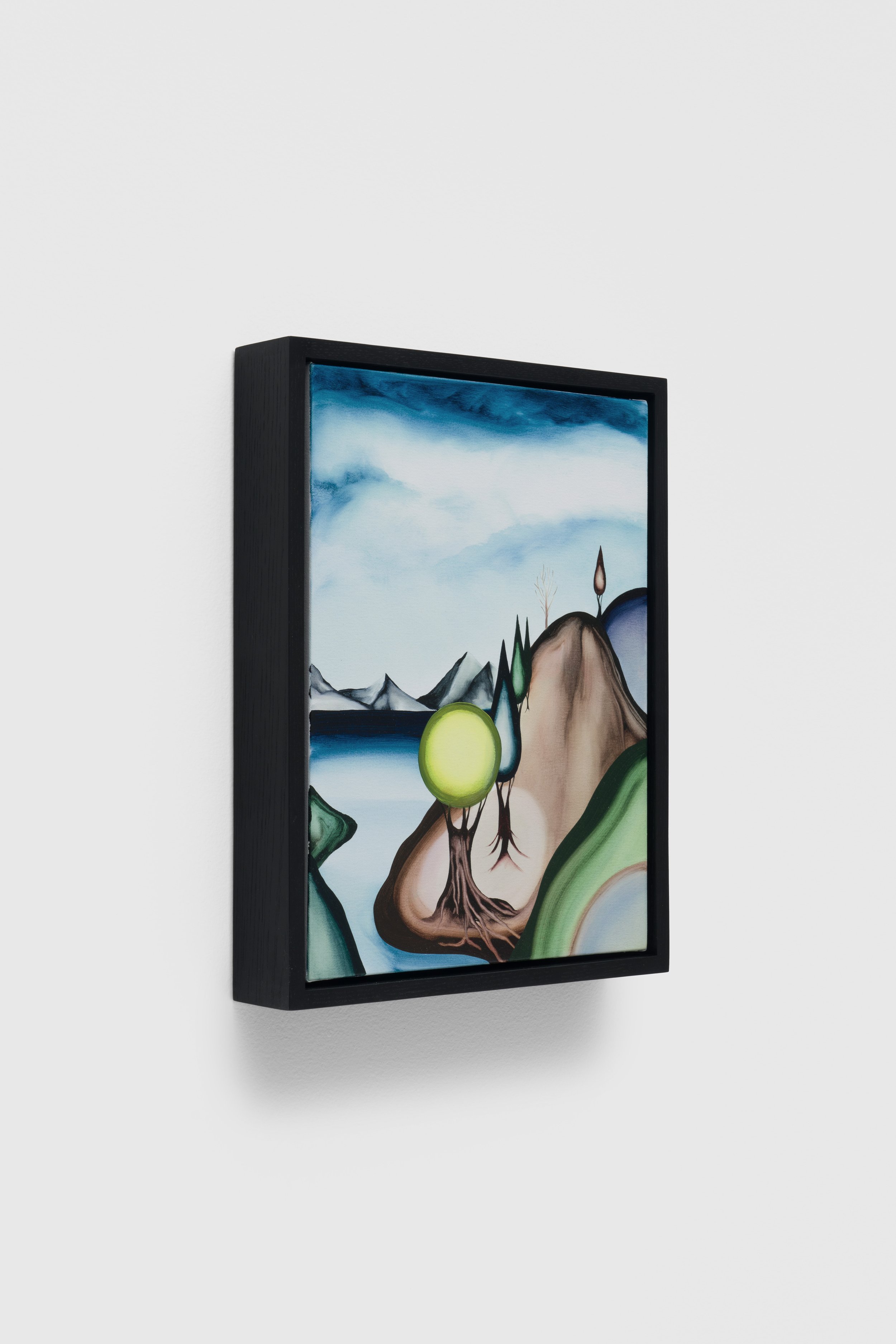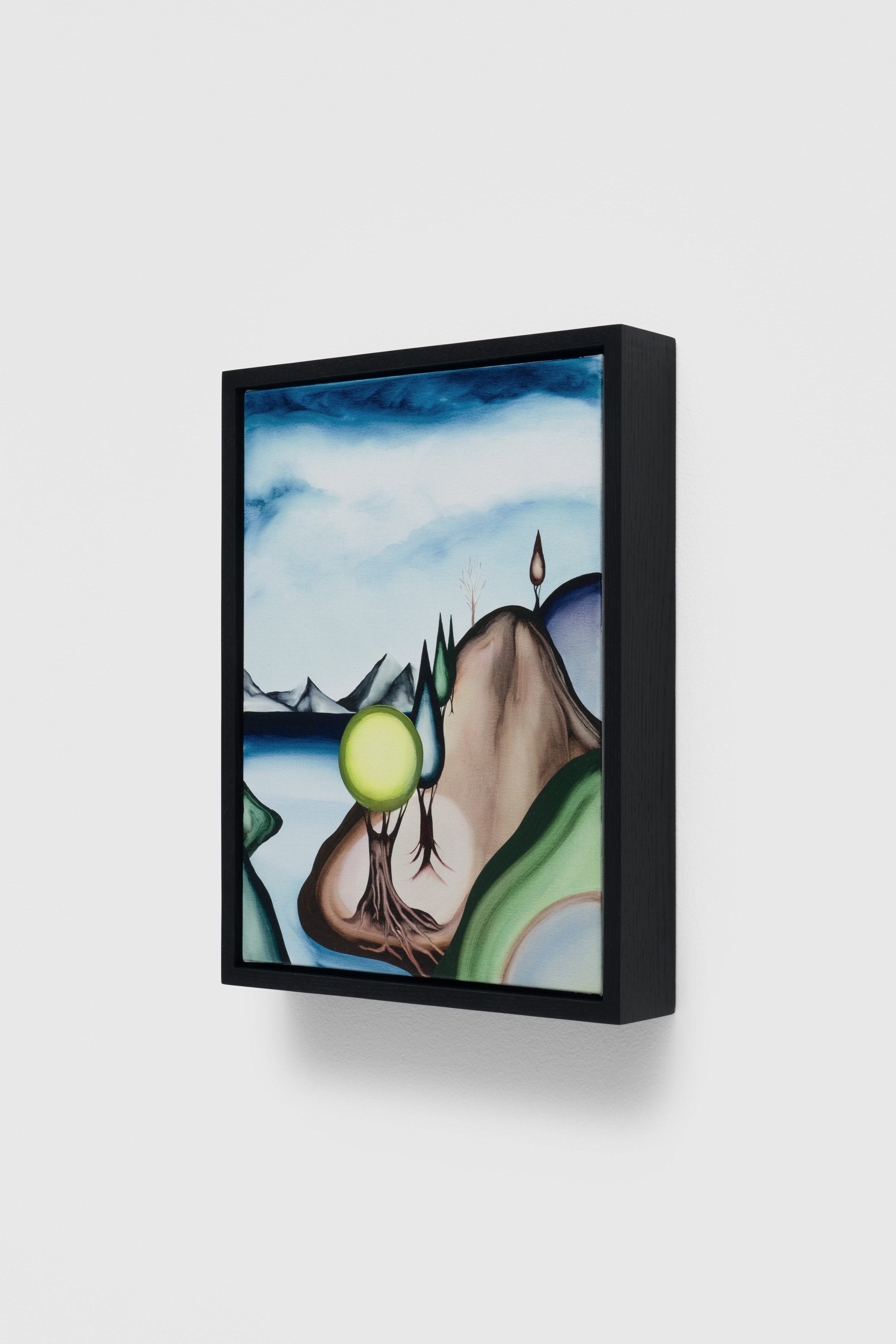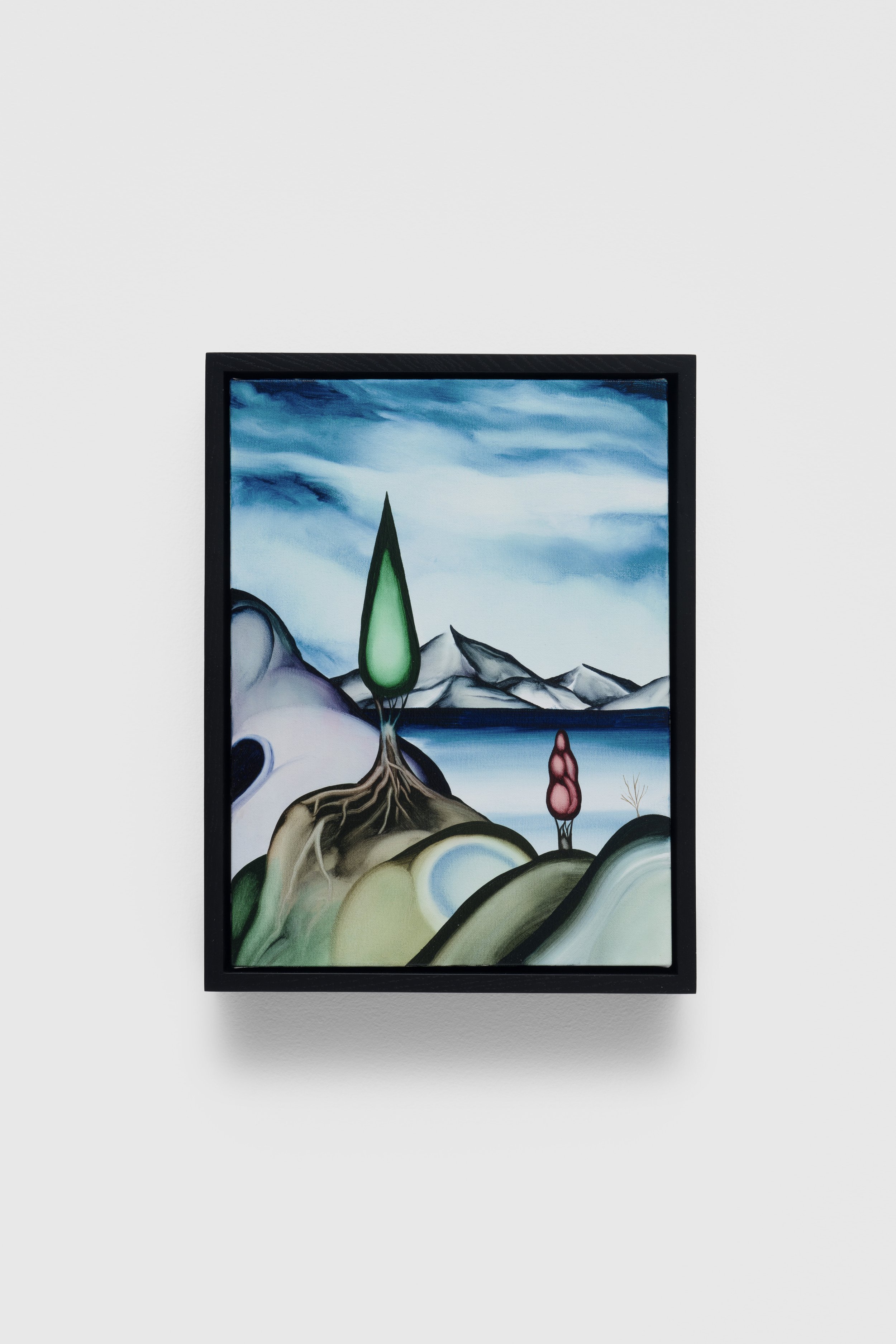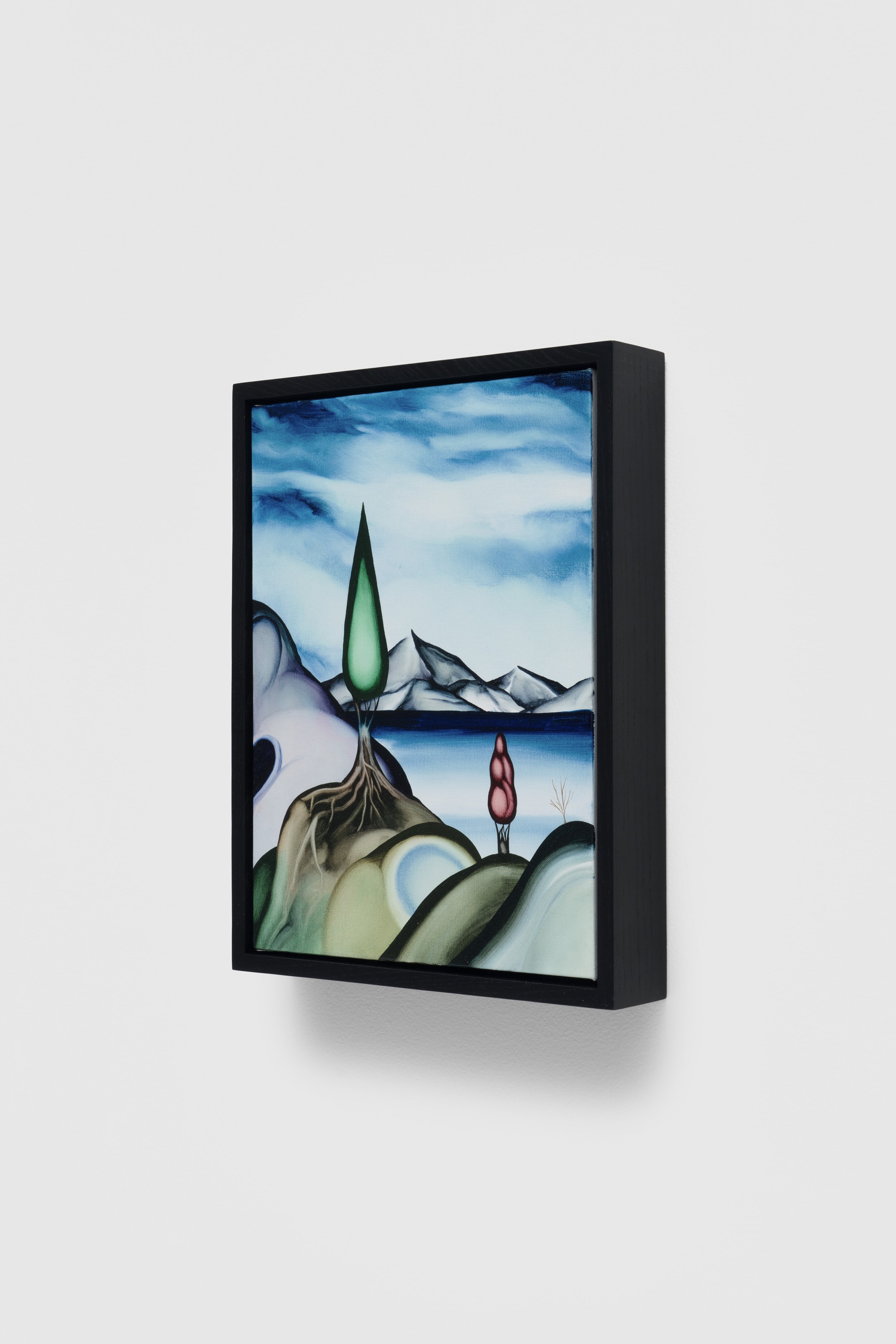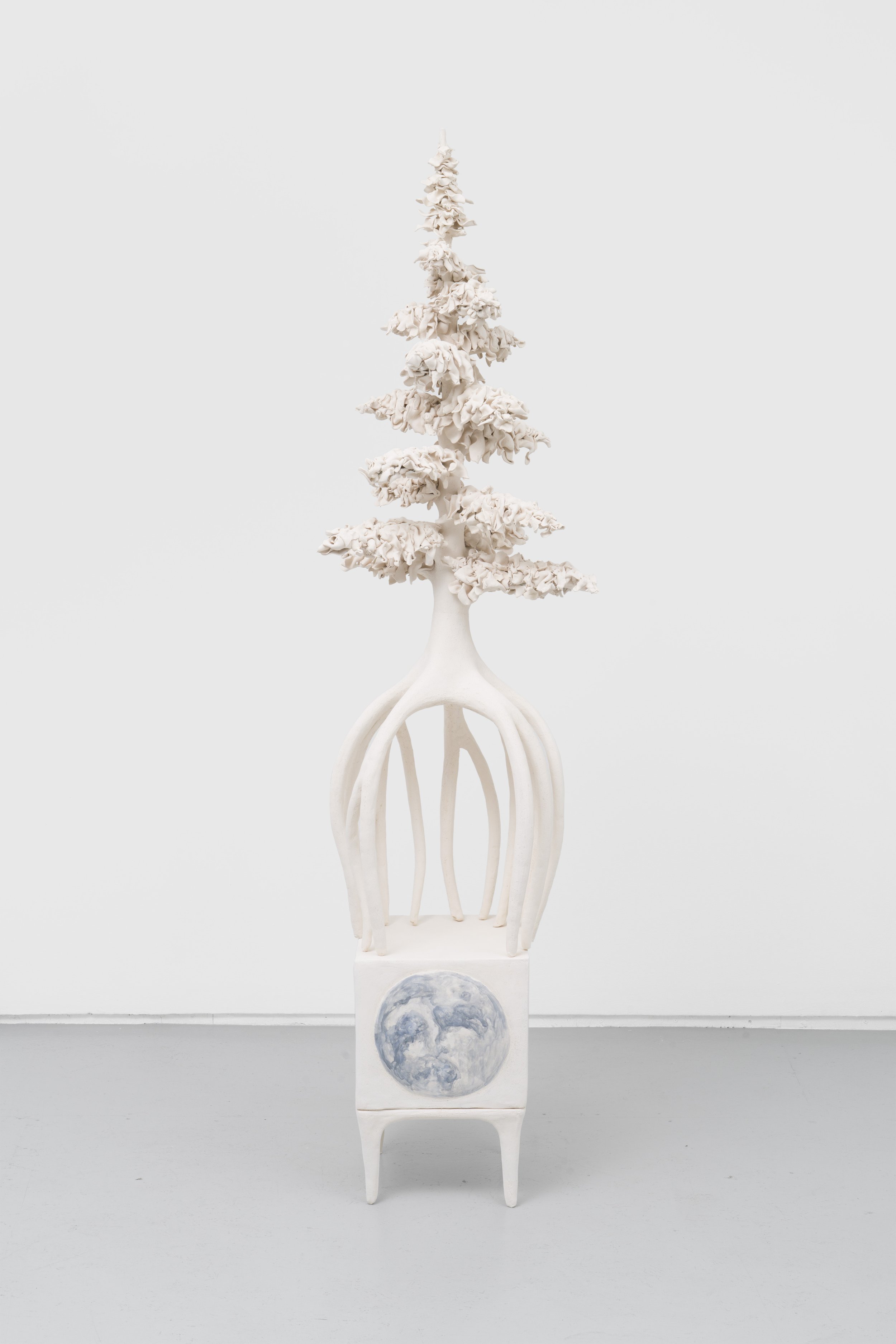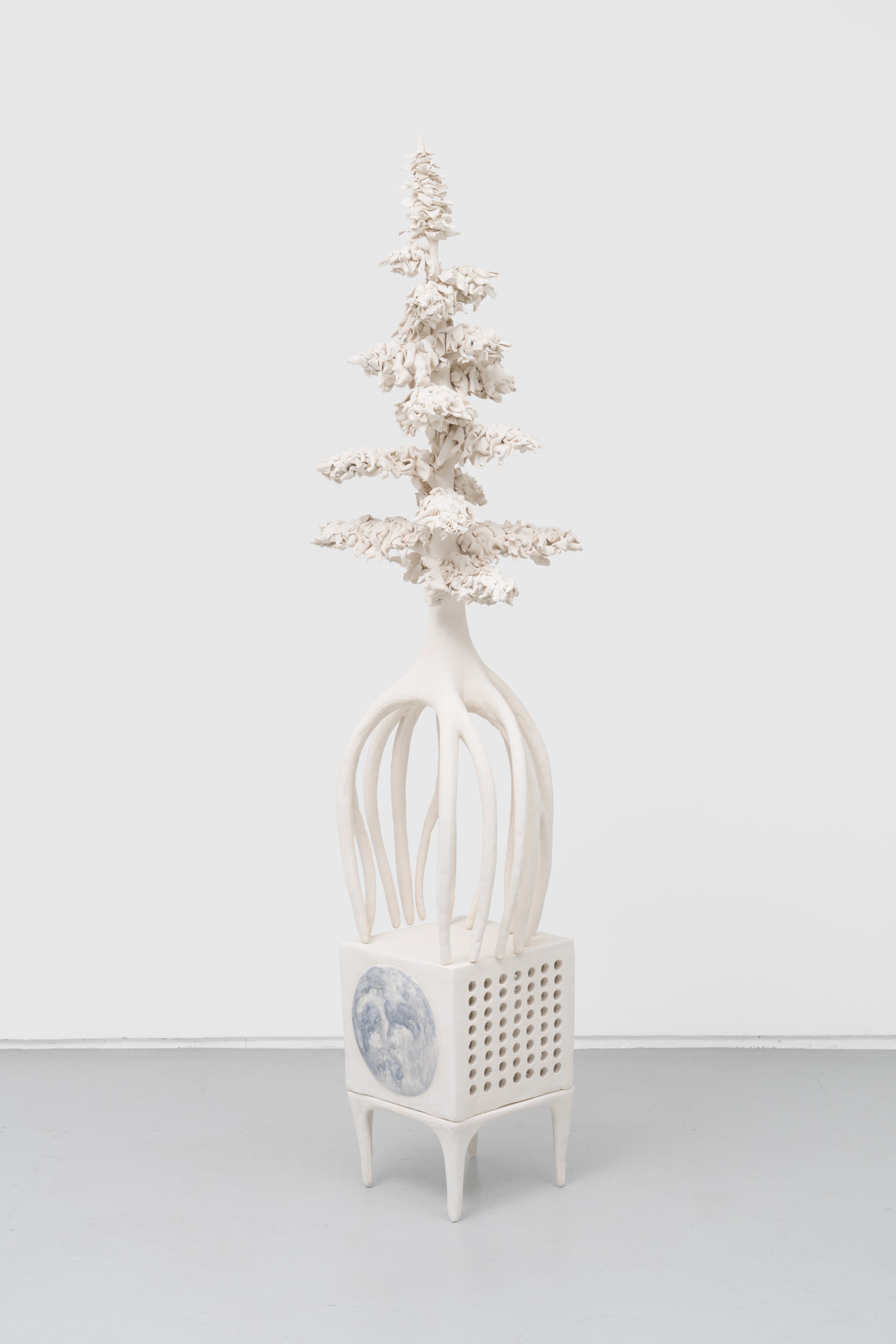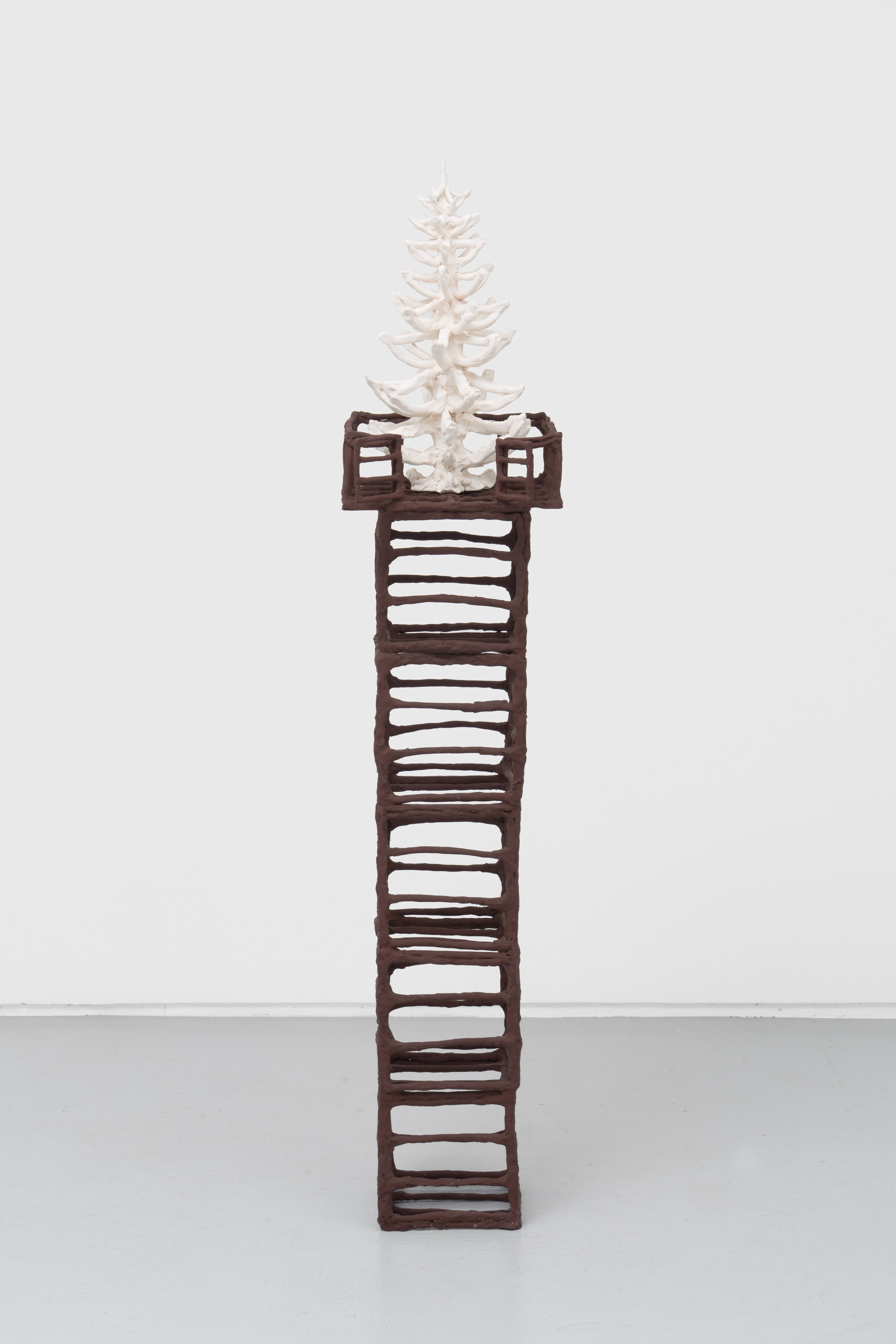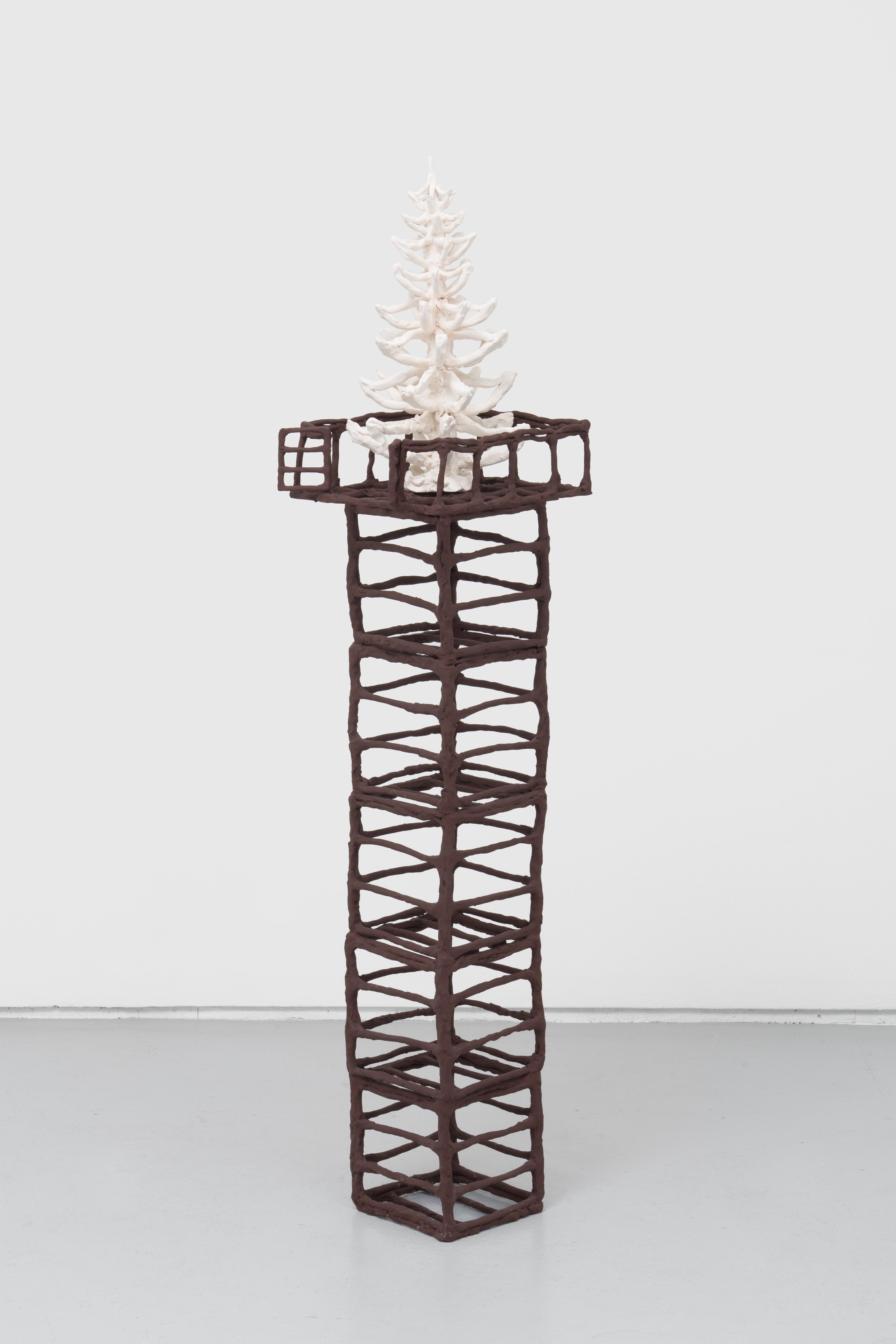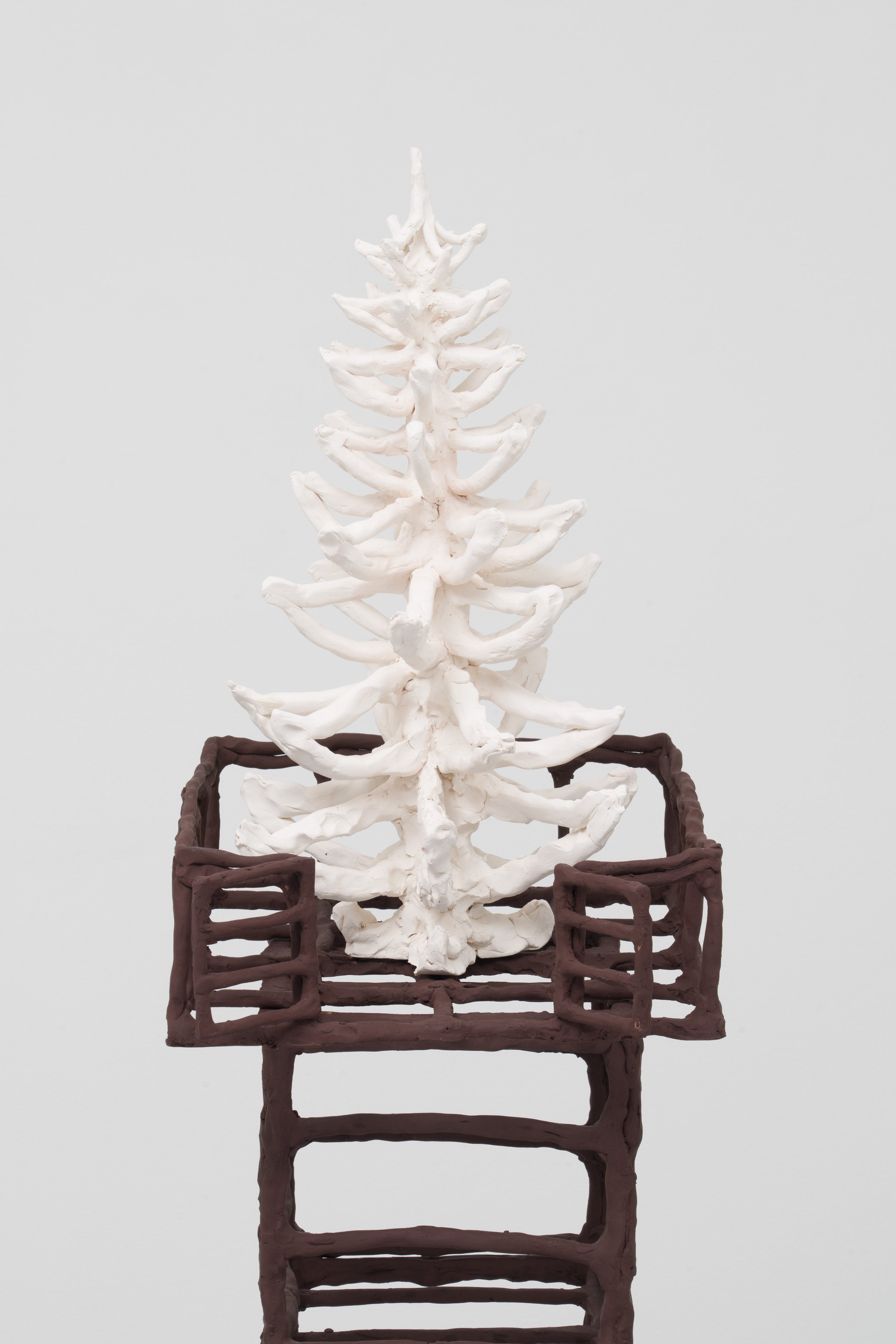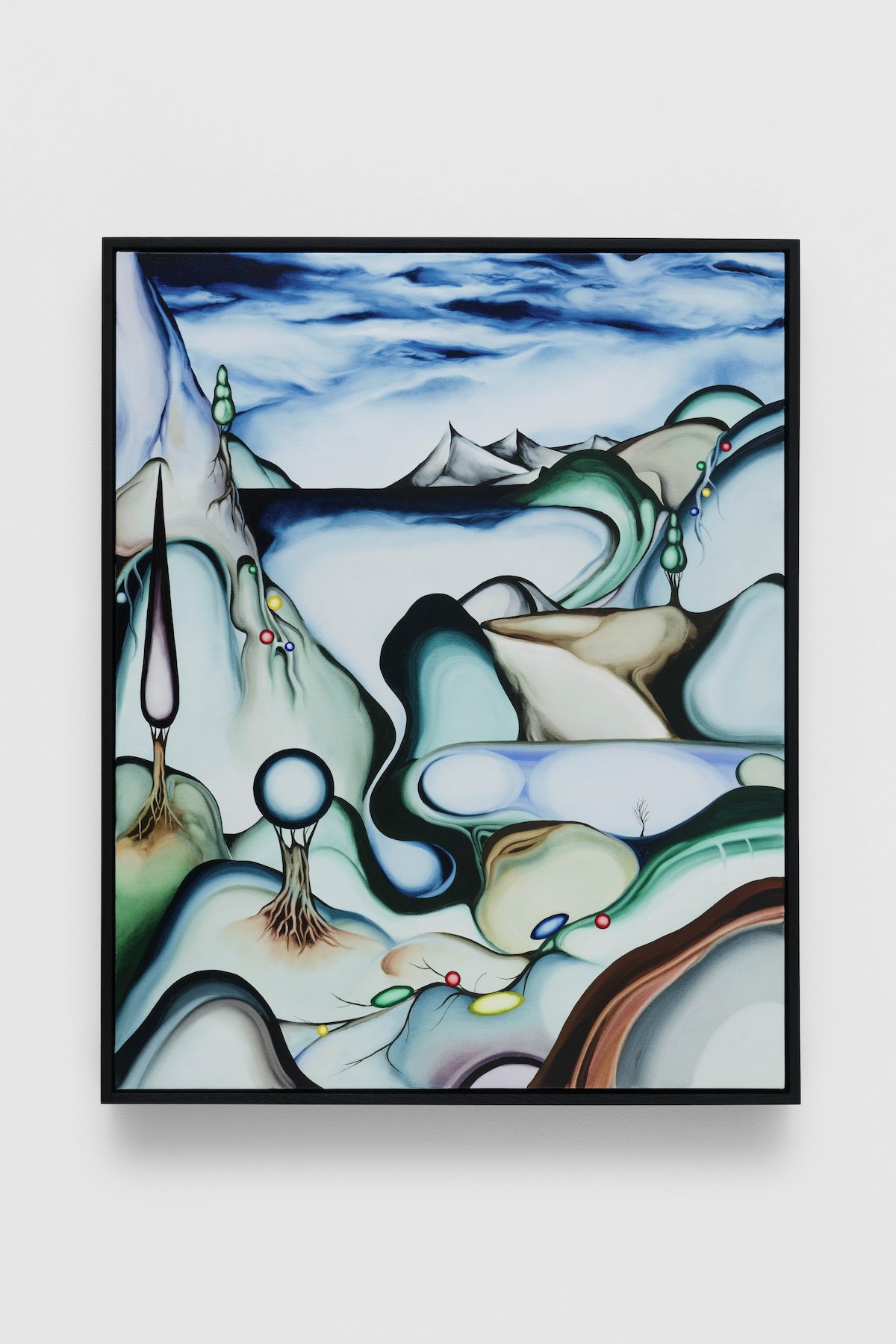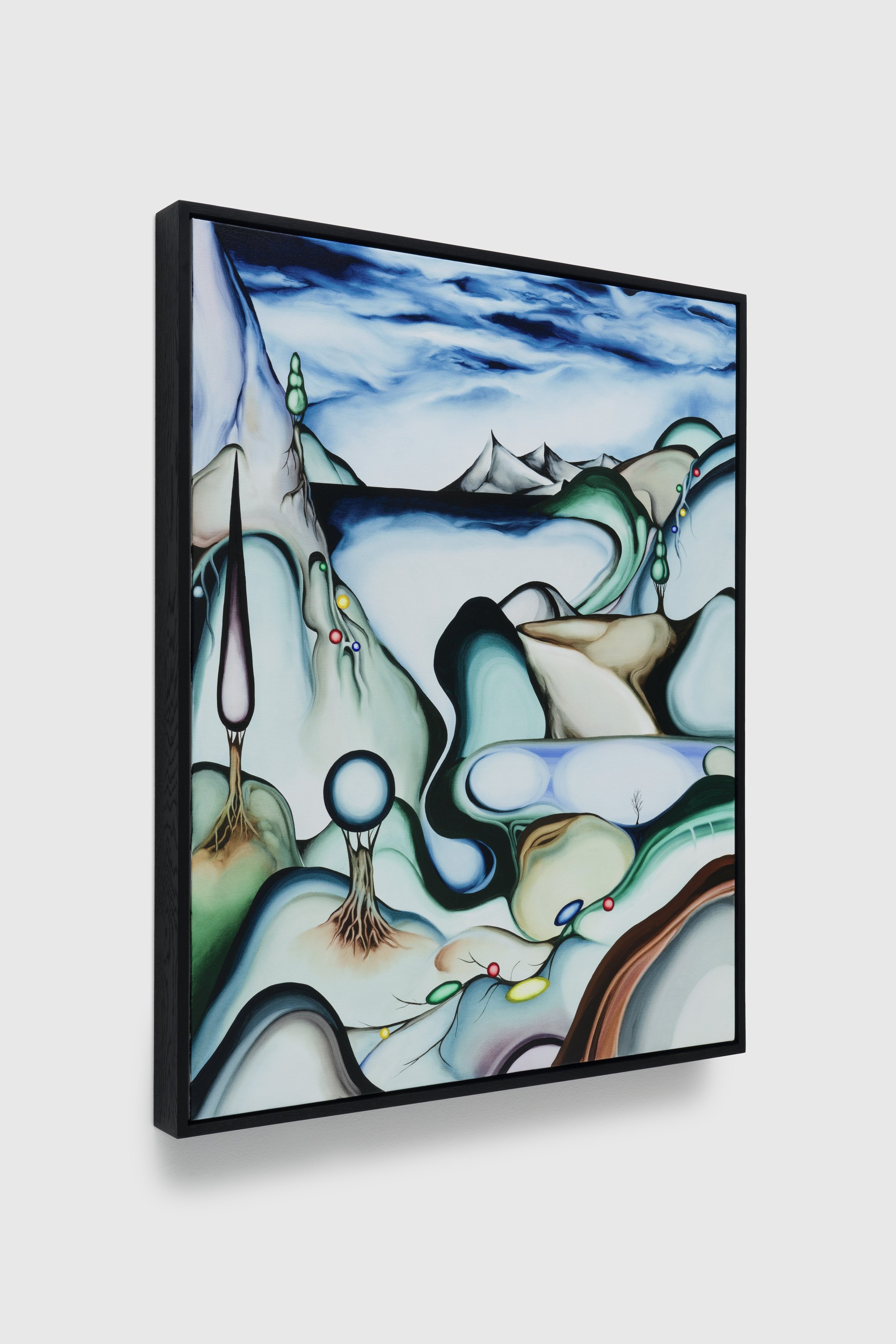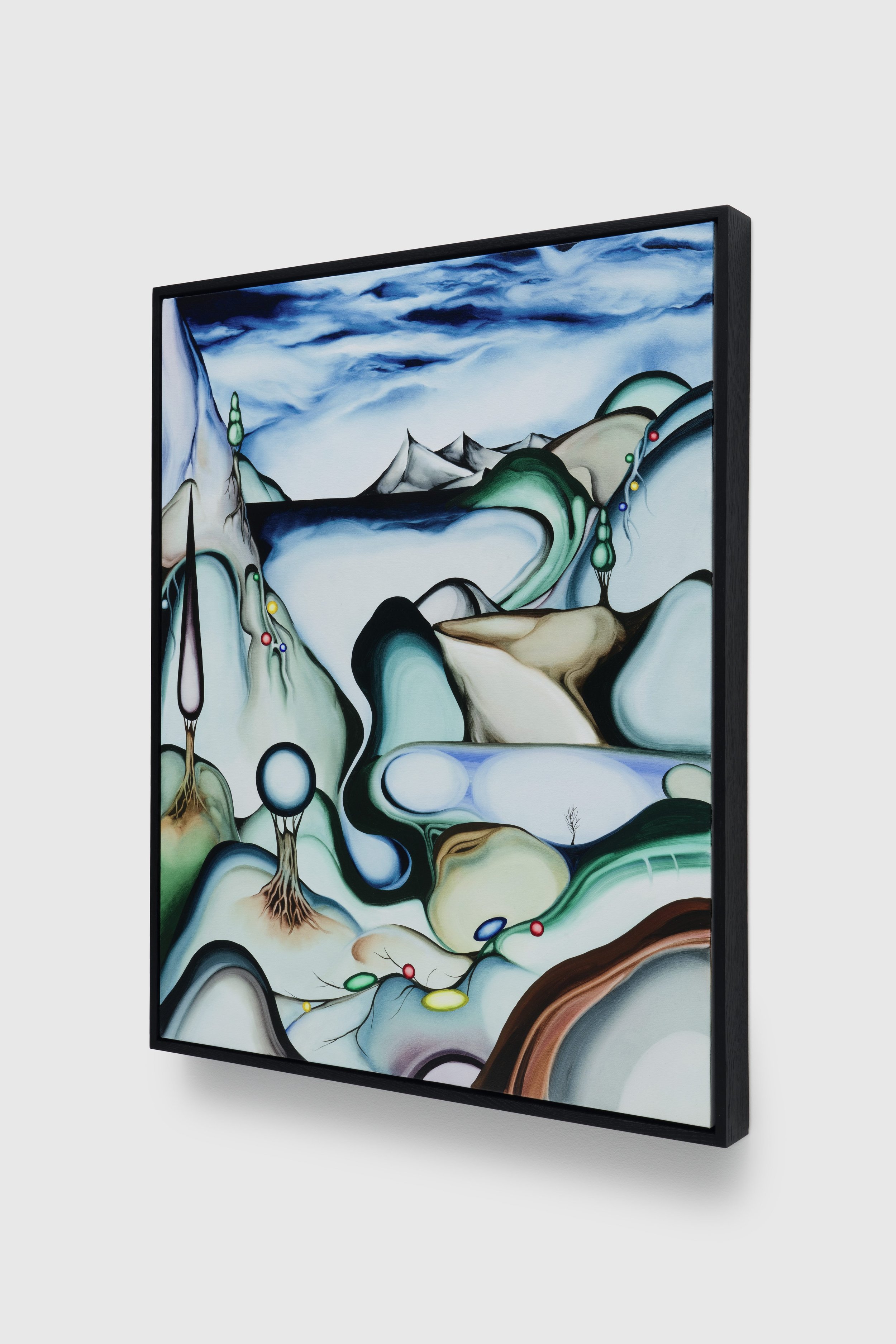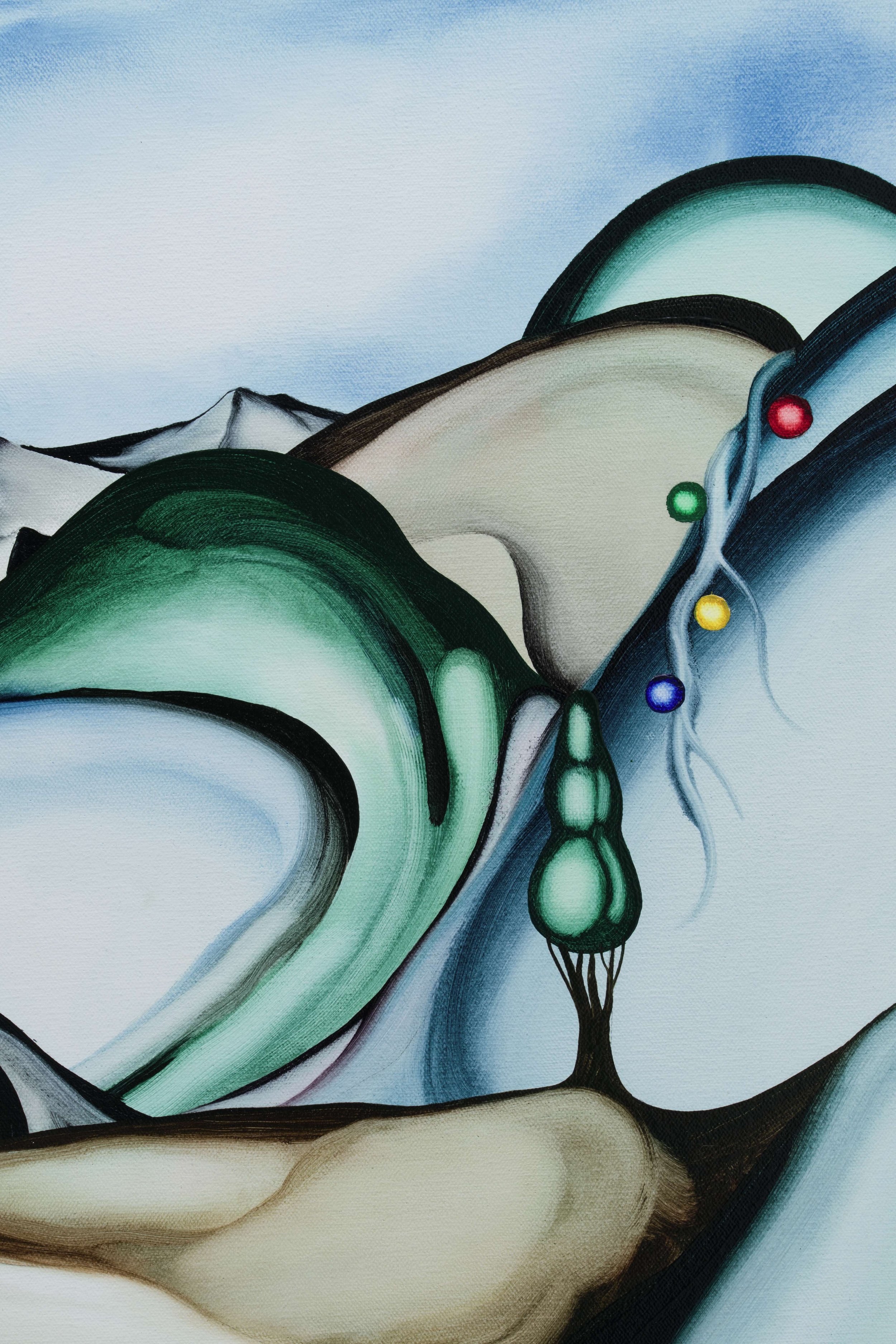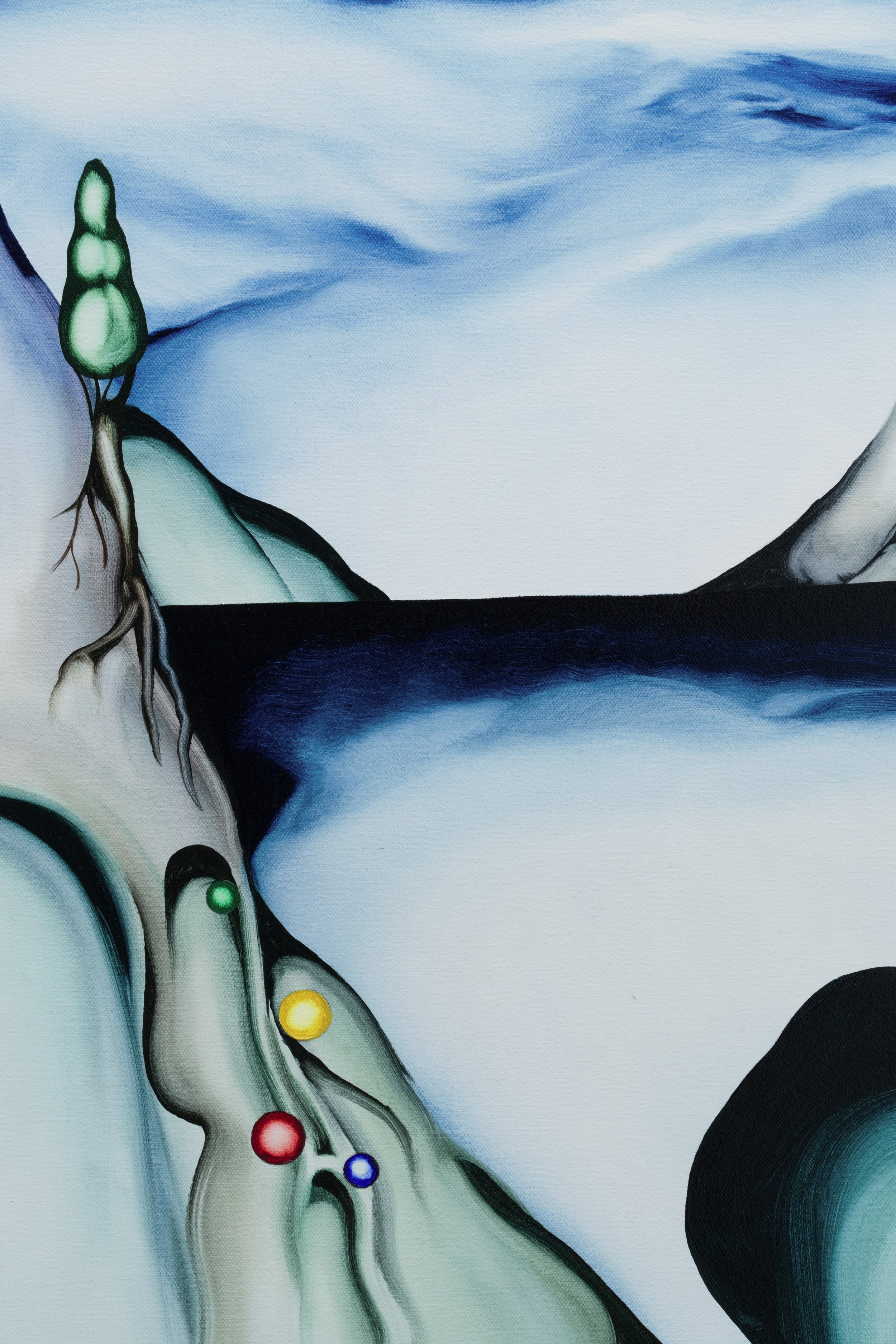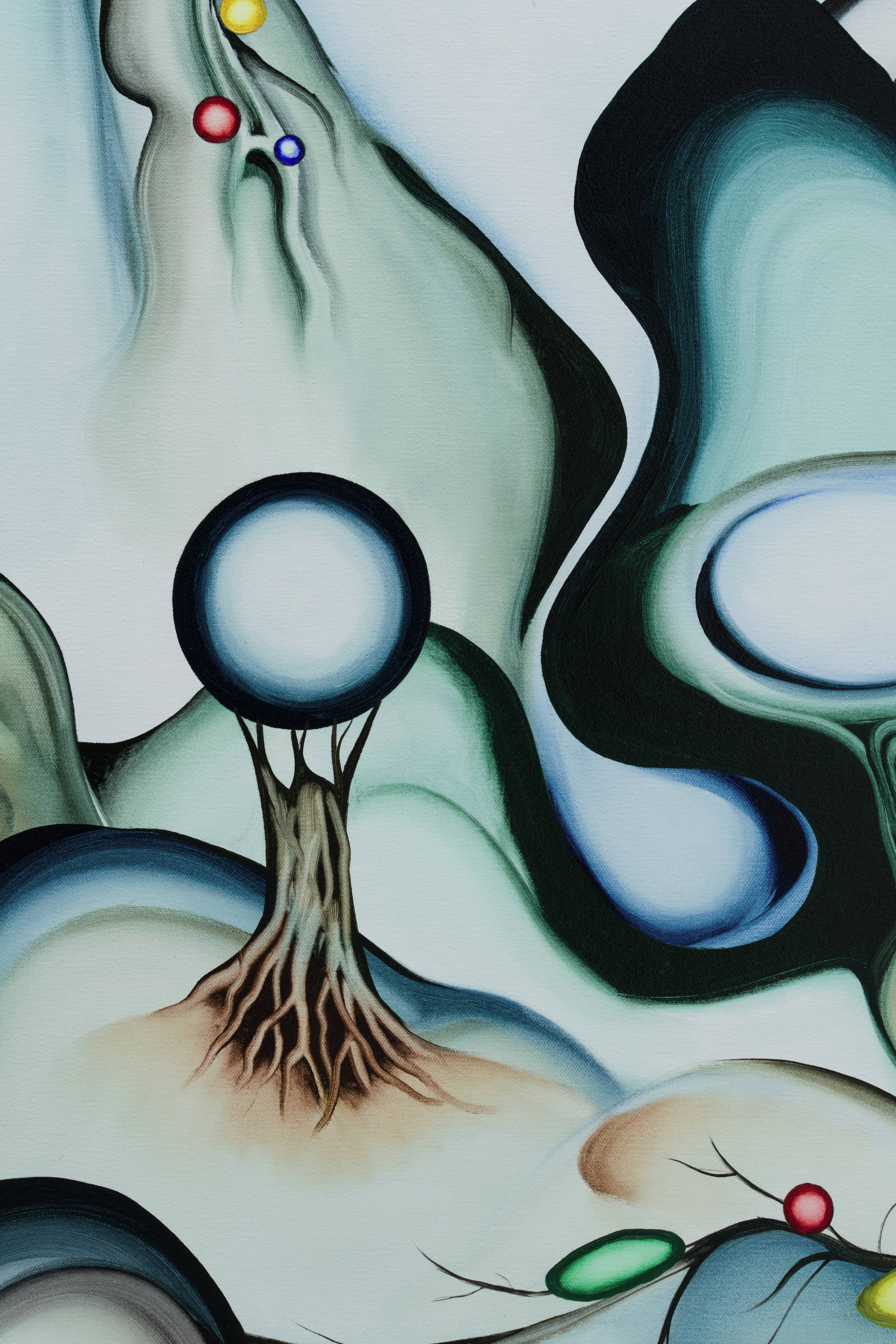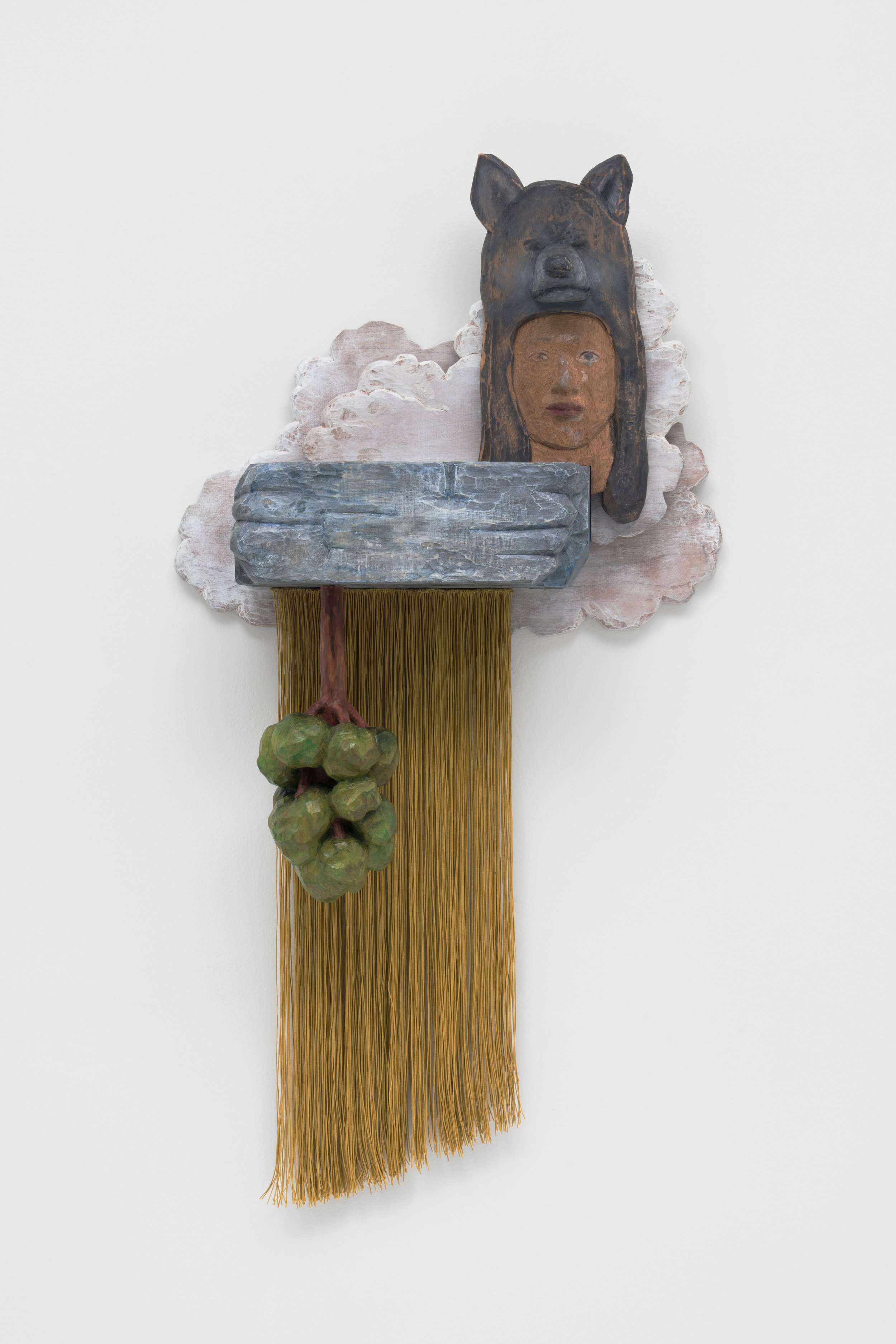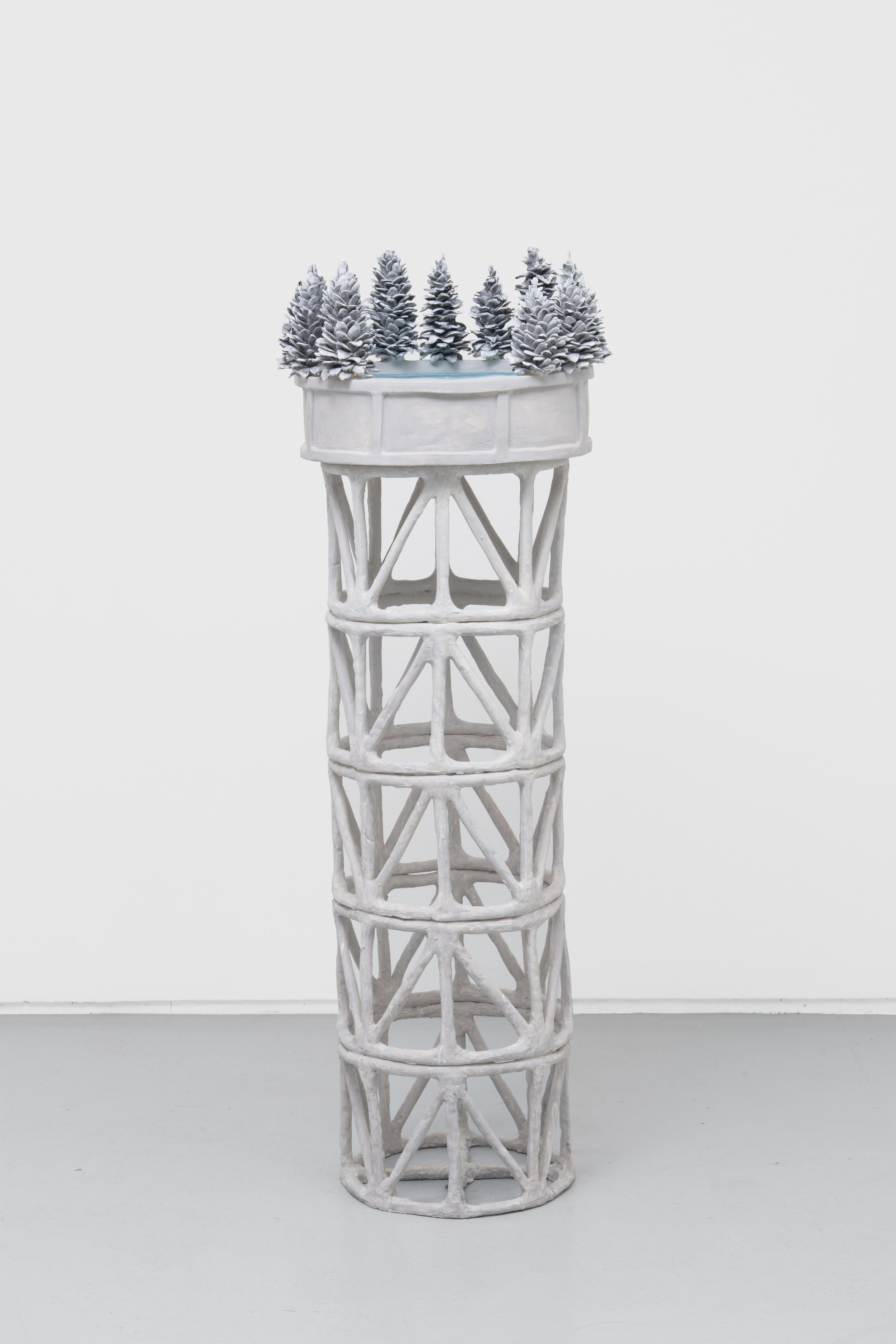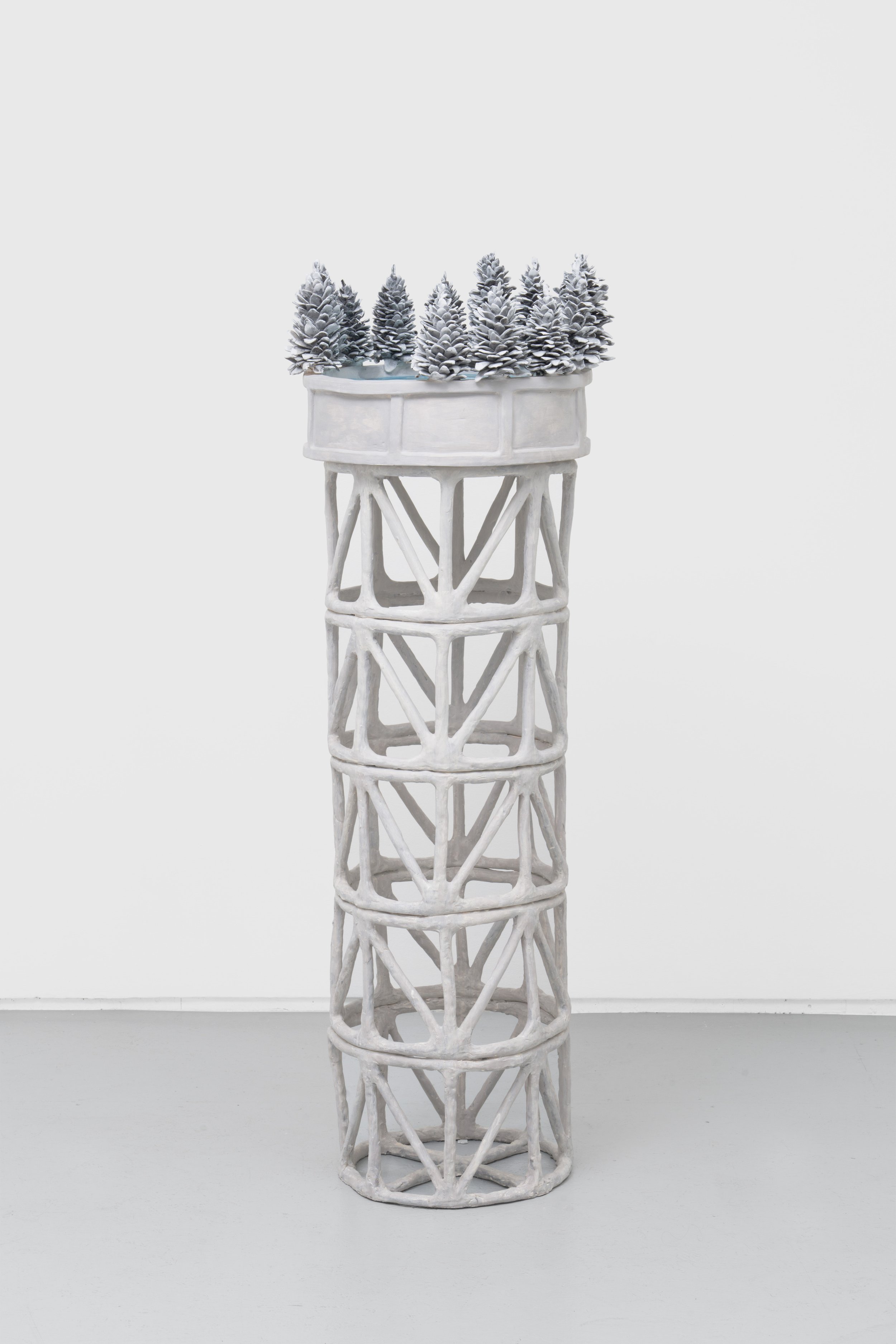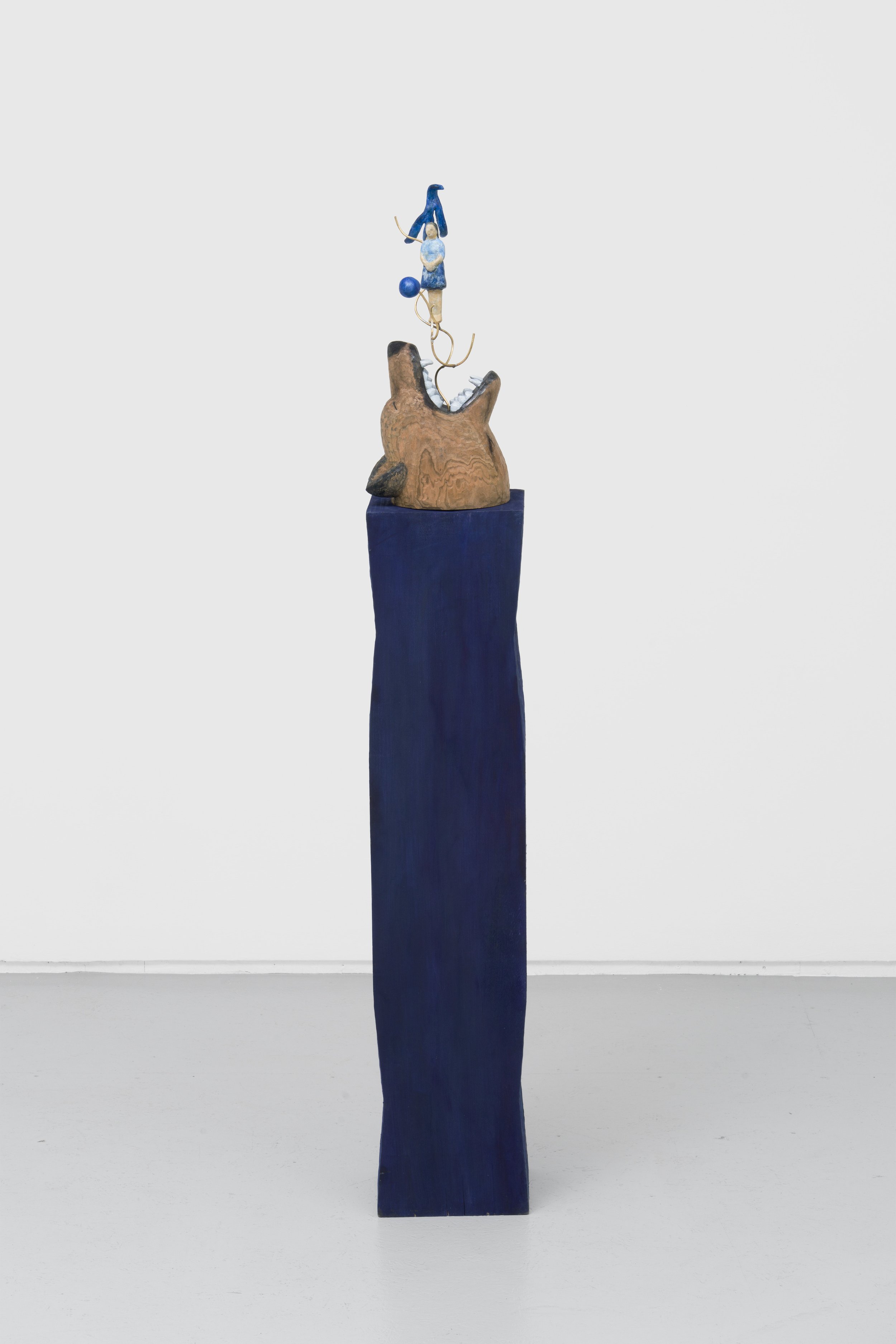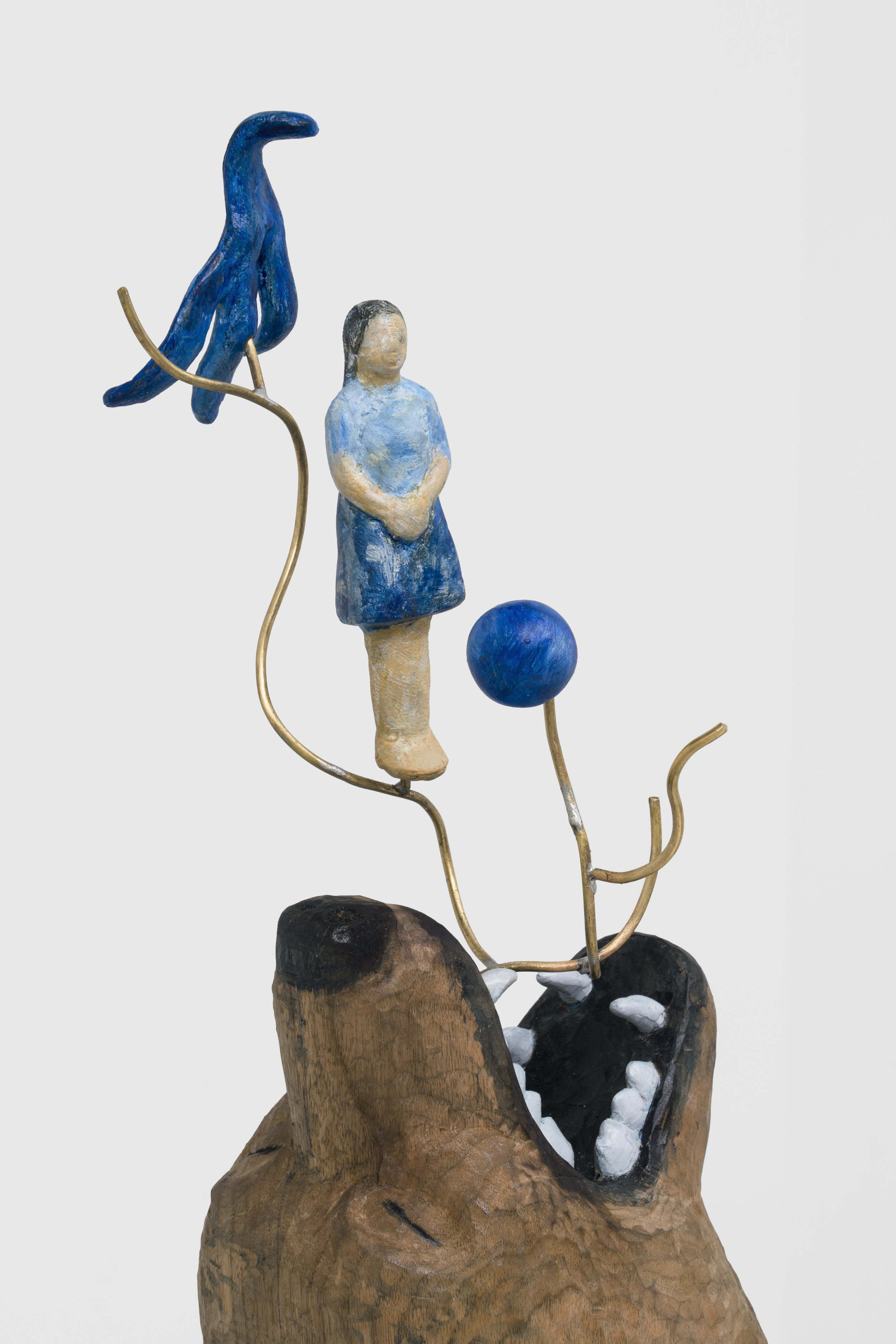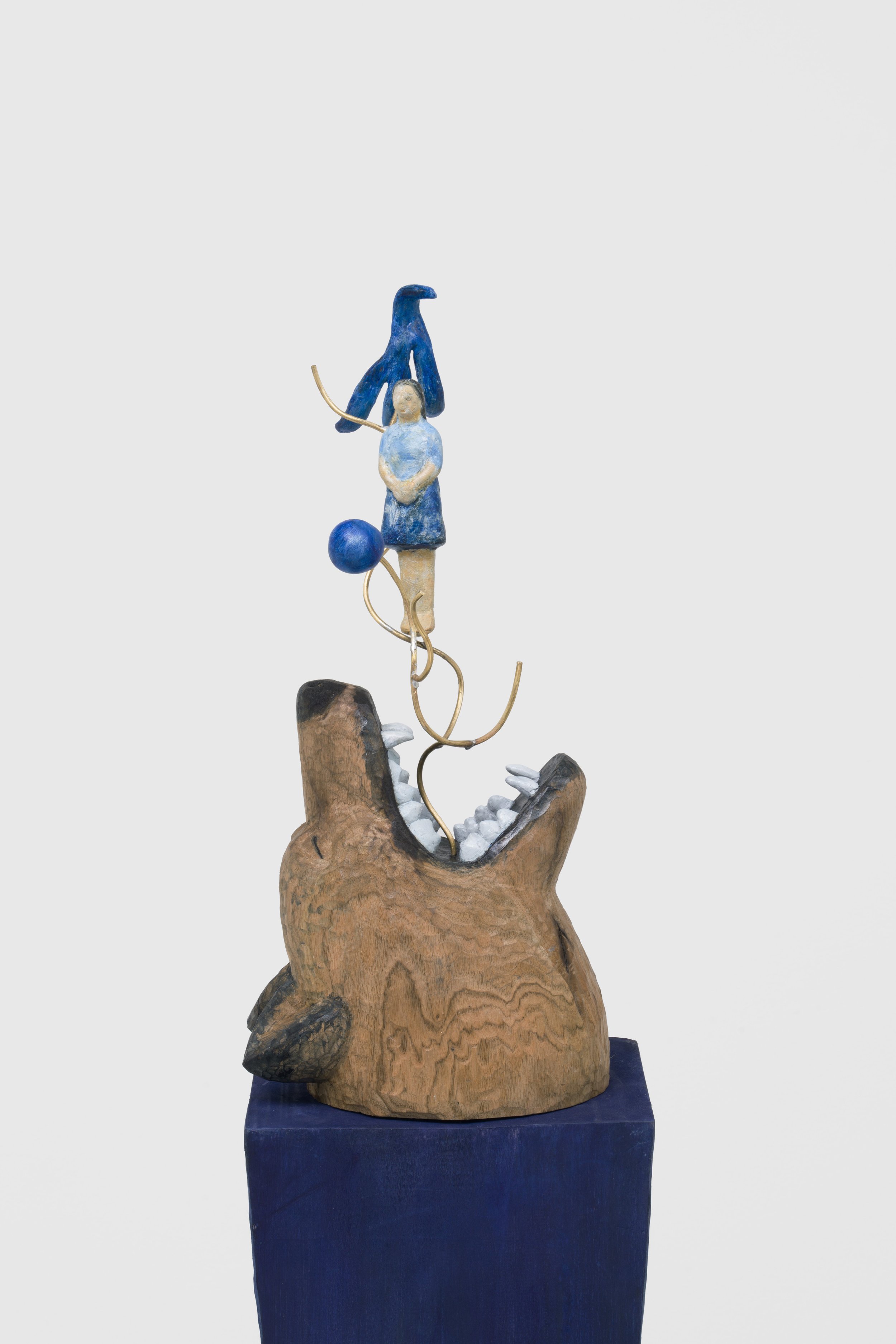SACHIKO AKIYAMA, SUSAN CLASSEN SULLIVAN, ROBERT ZEHNDER
Tree At My Window
January 18 - March 15, 2025

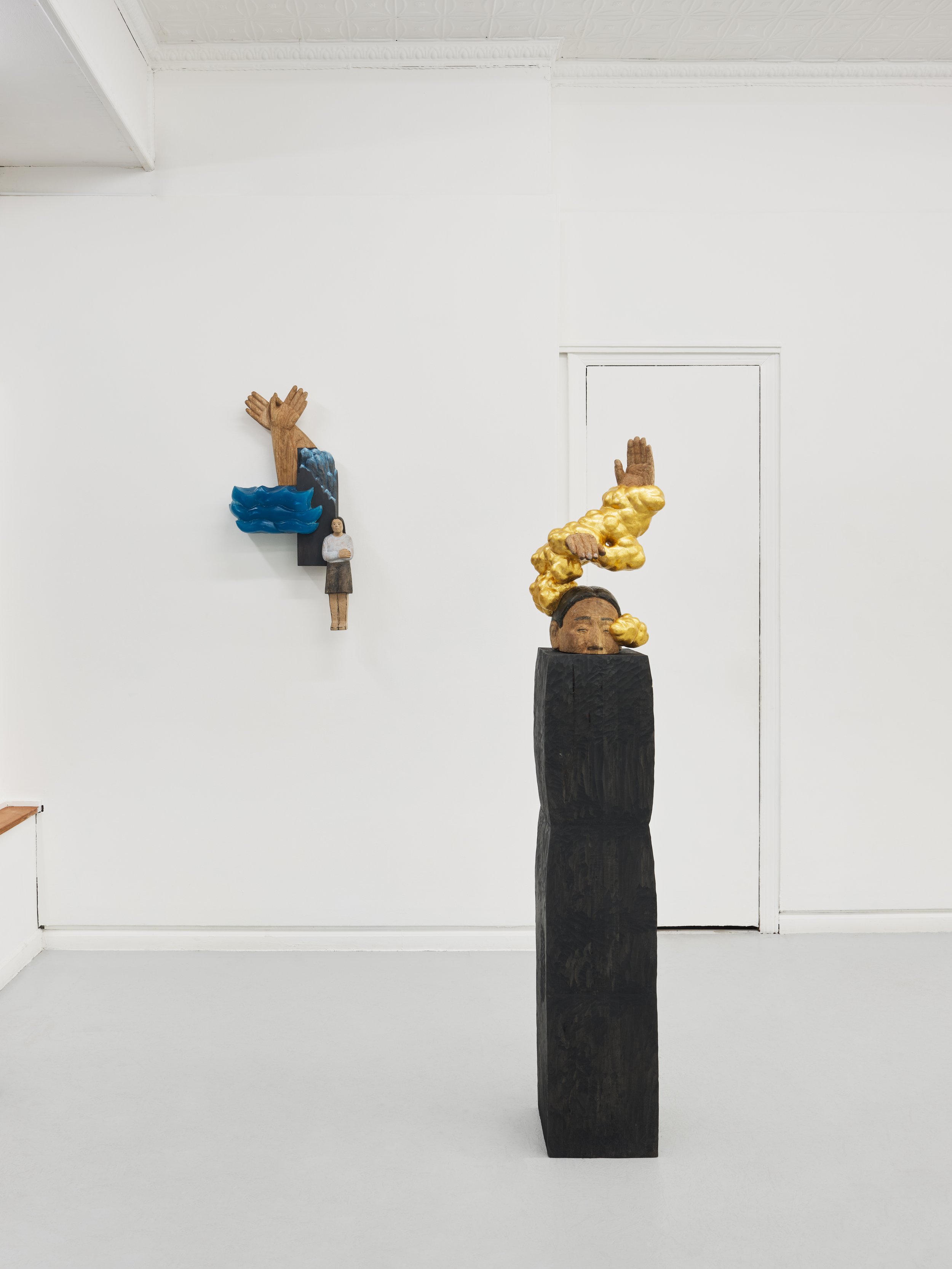
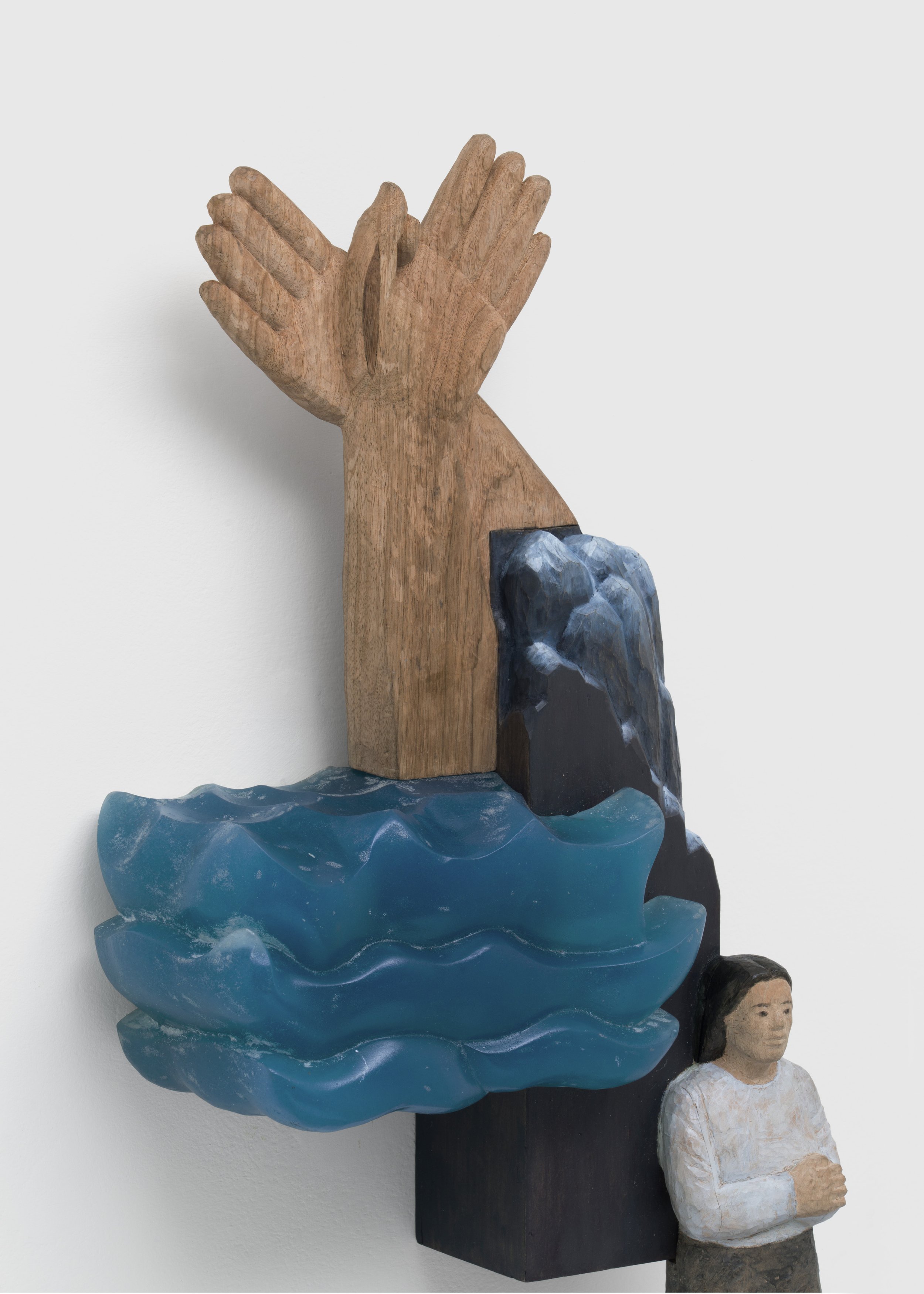
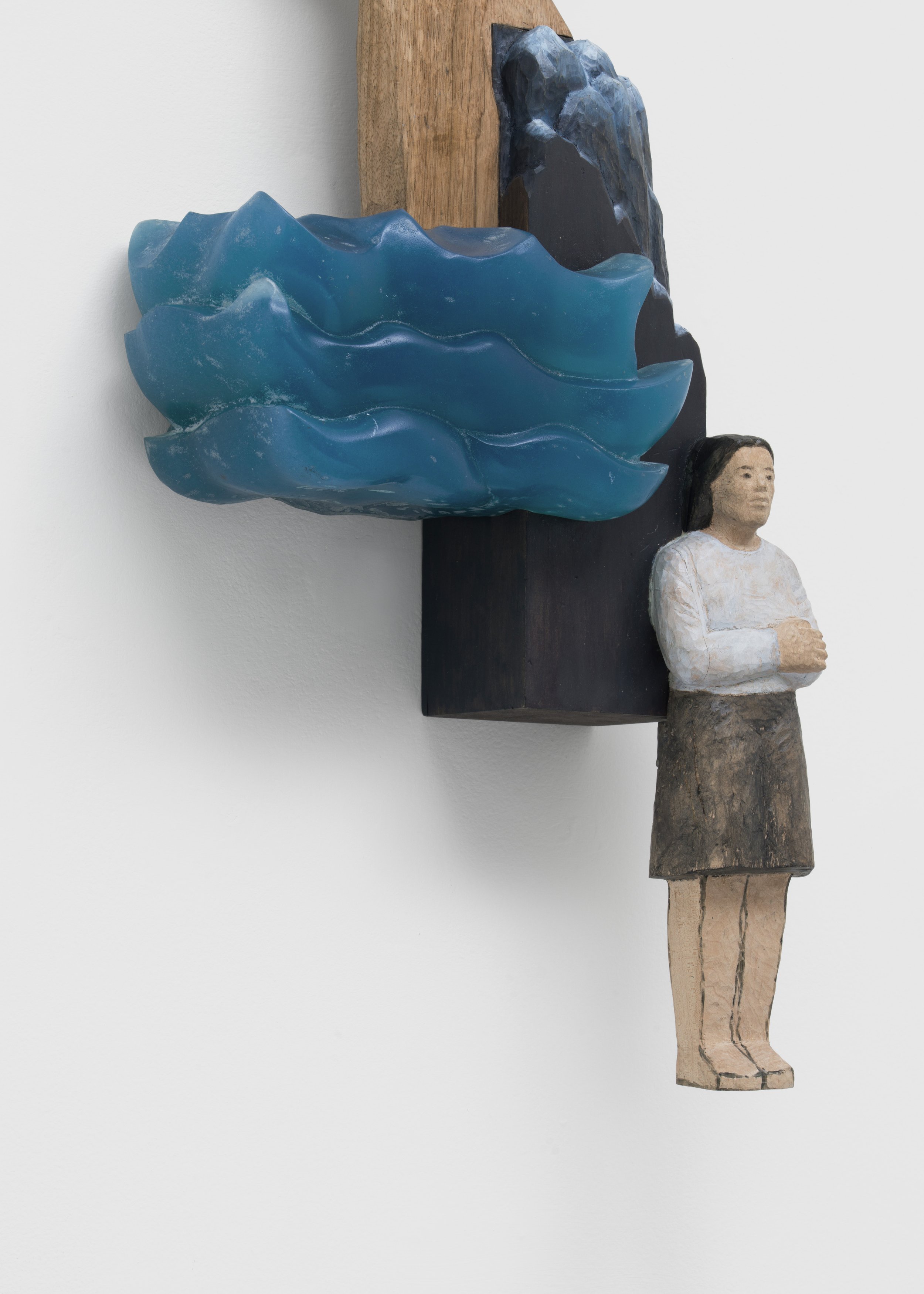
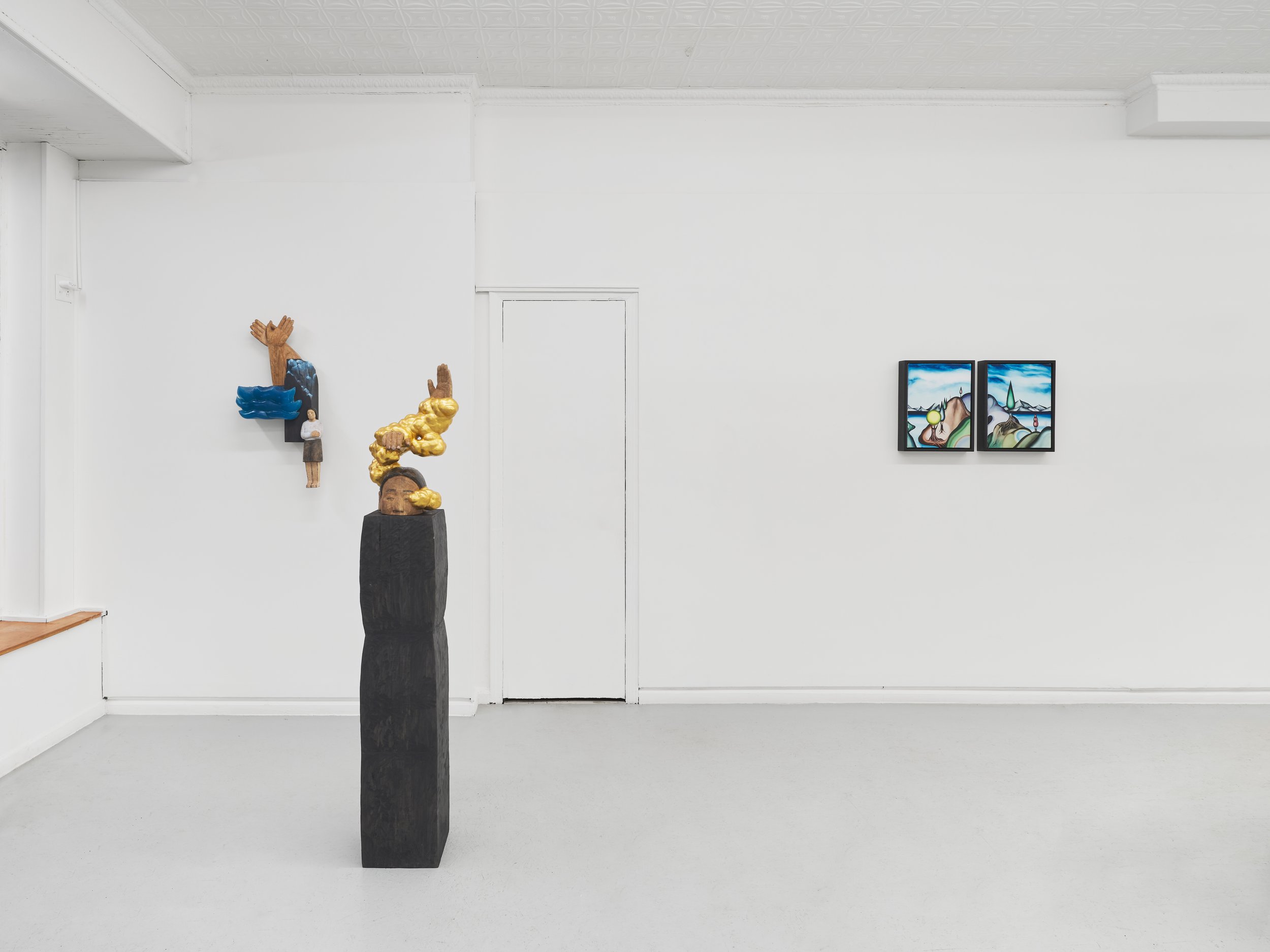
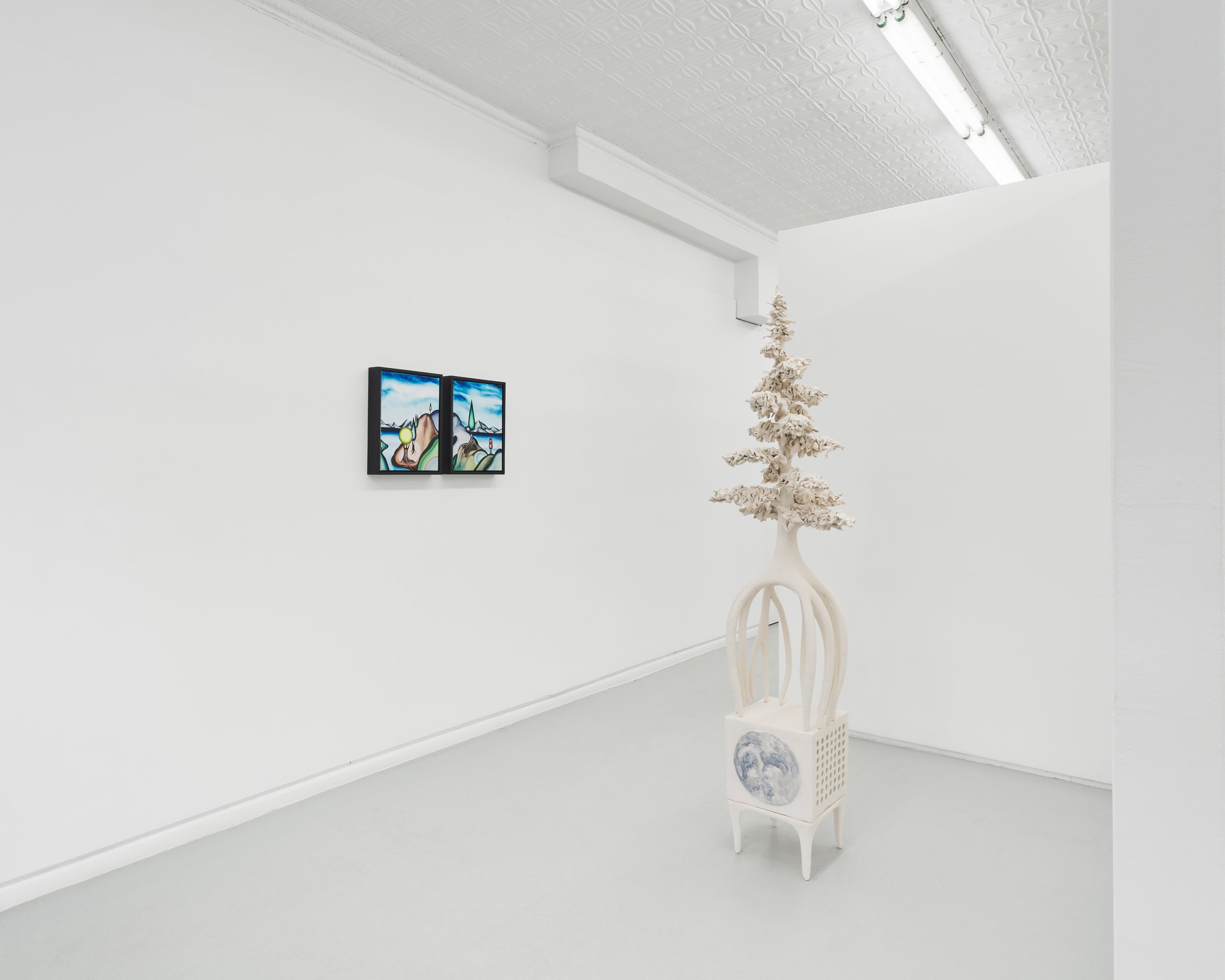
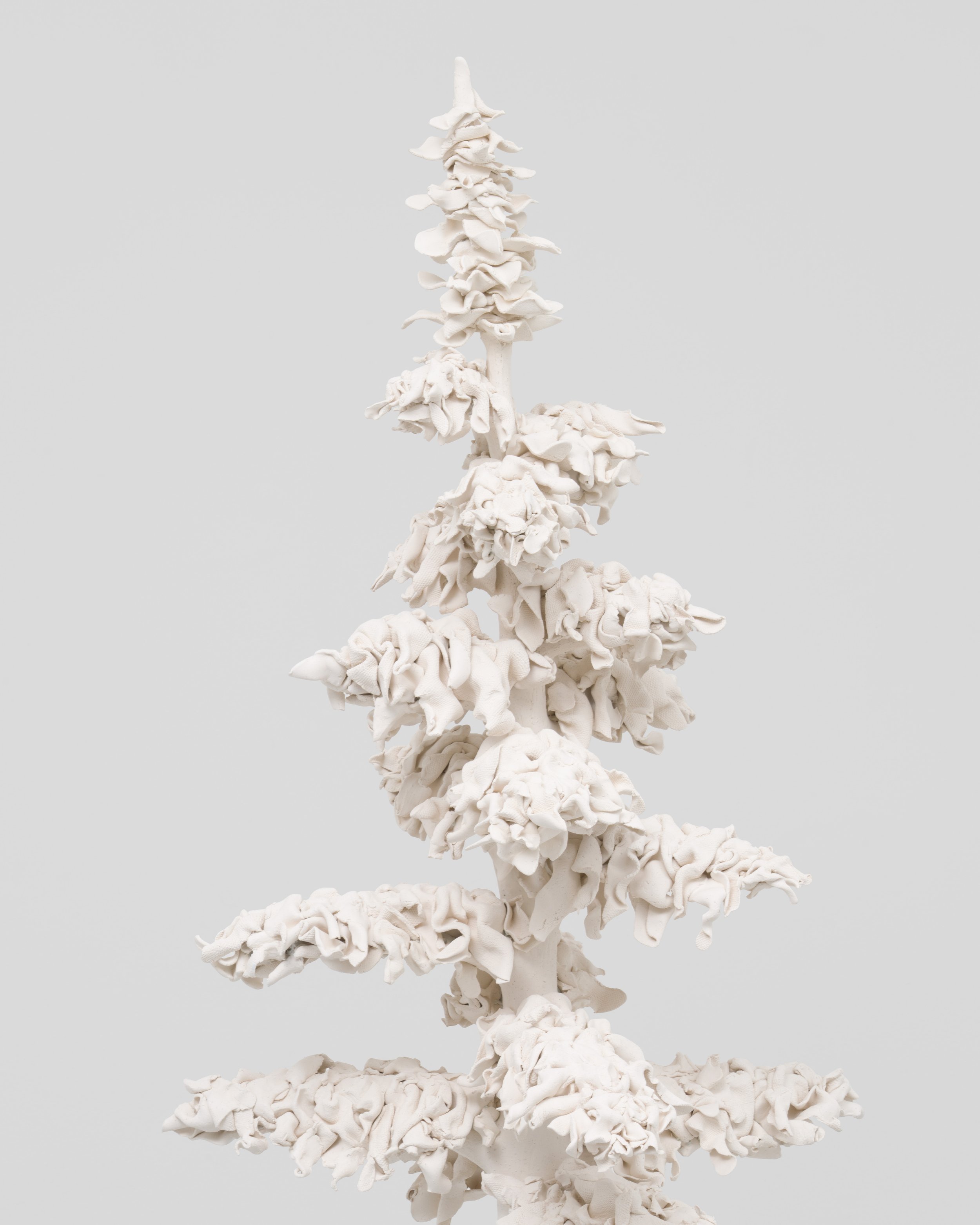
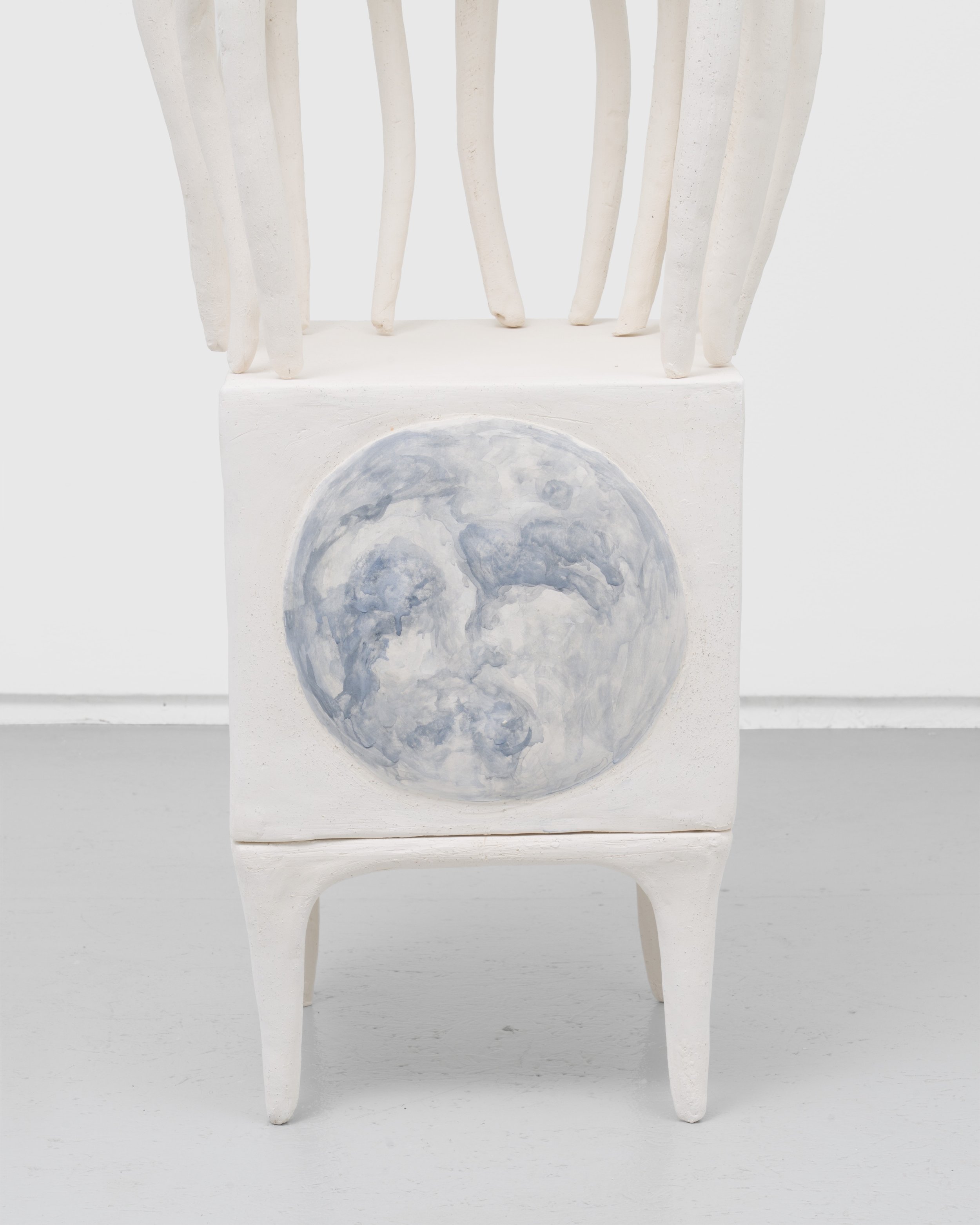
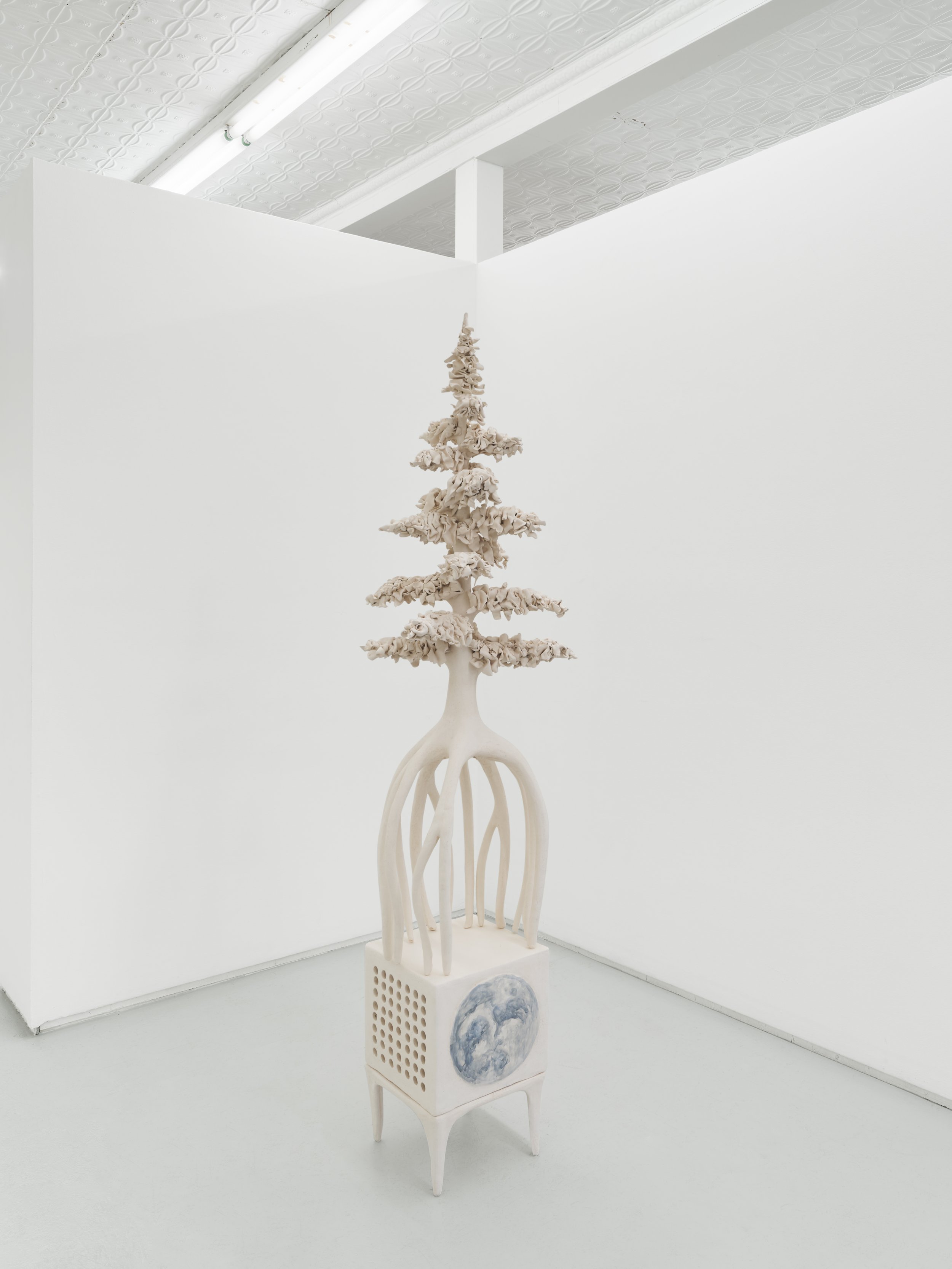
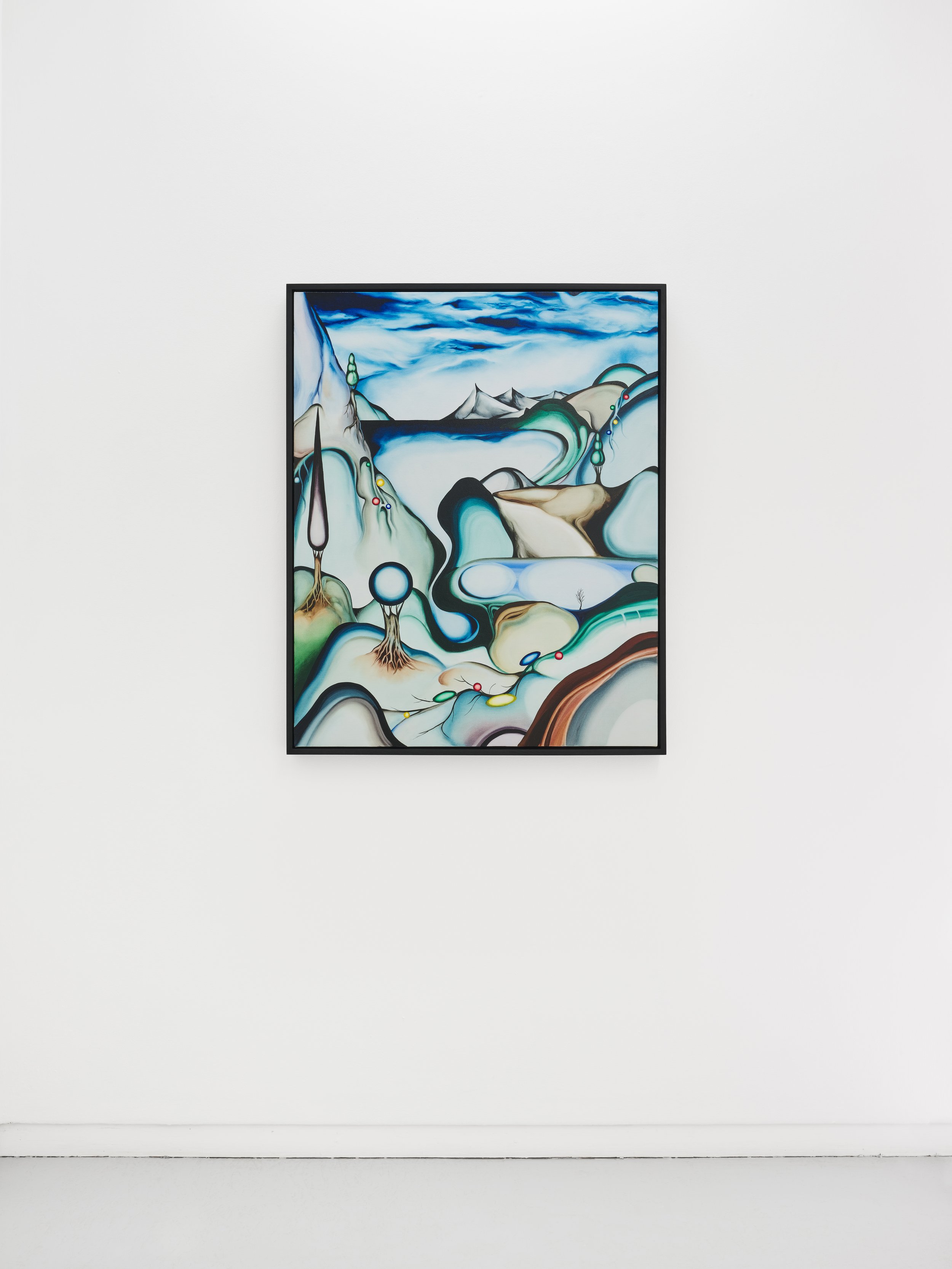
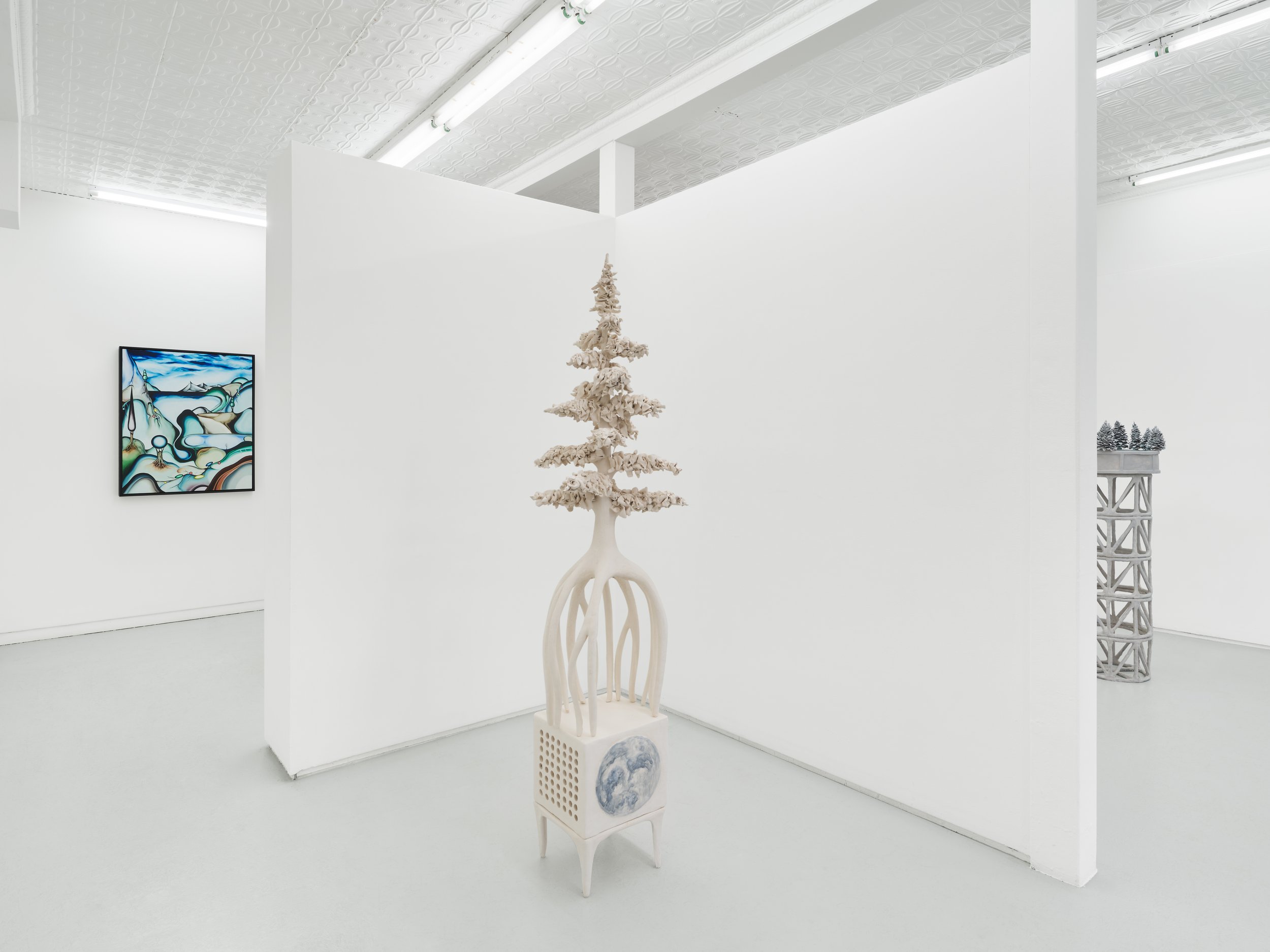
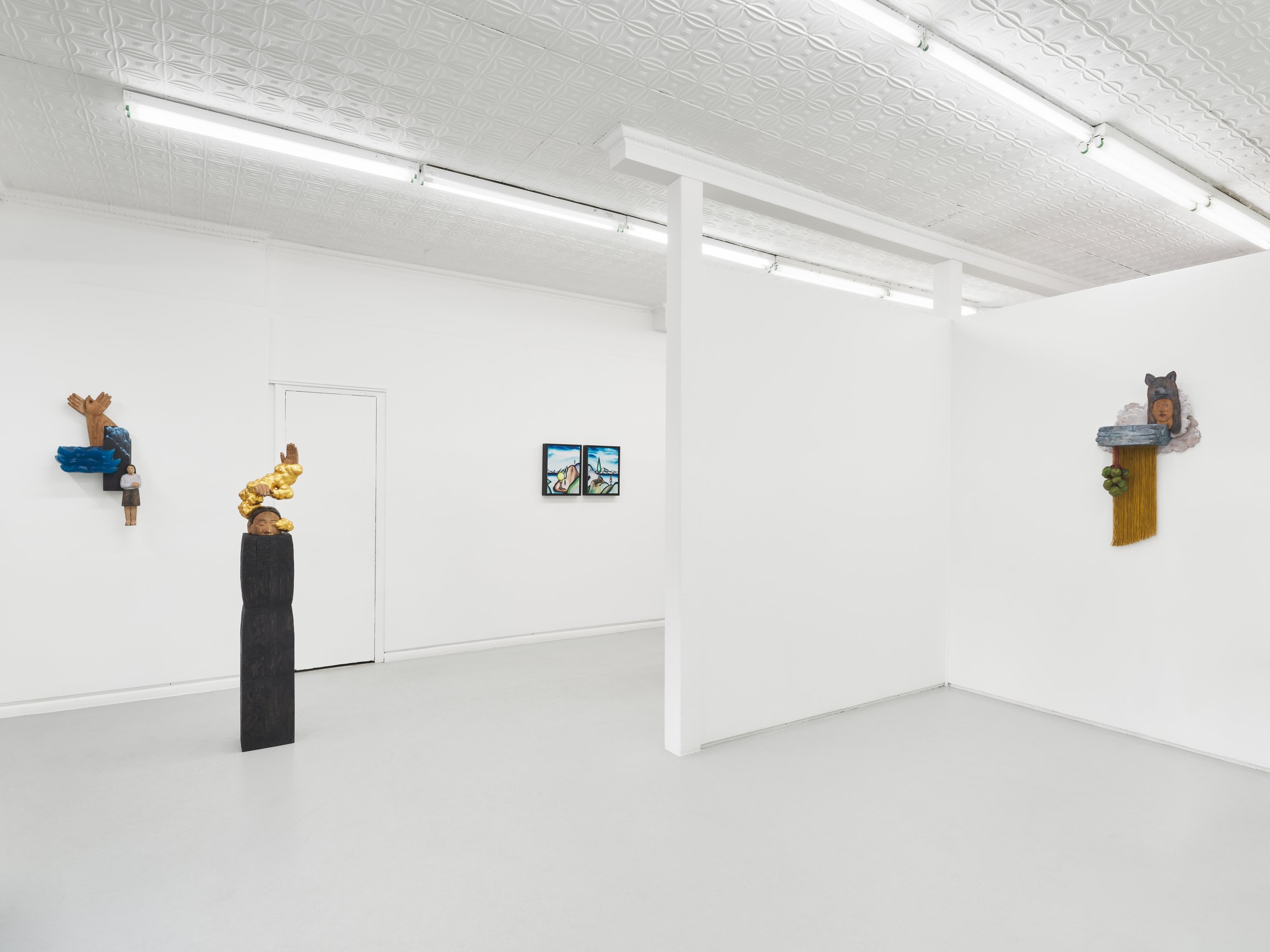
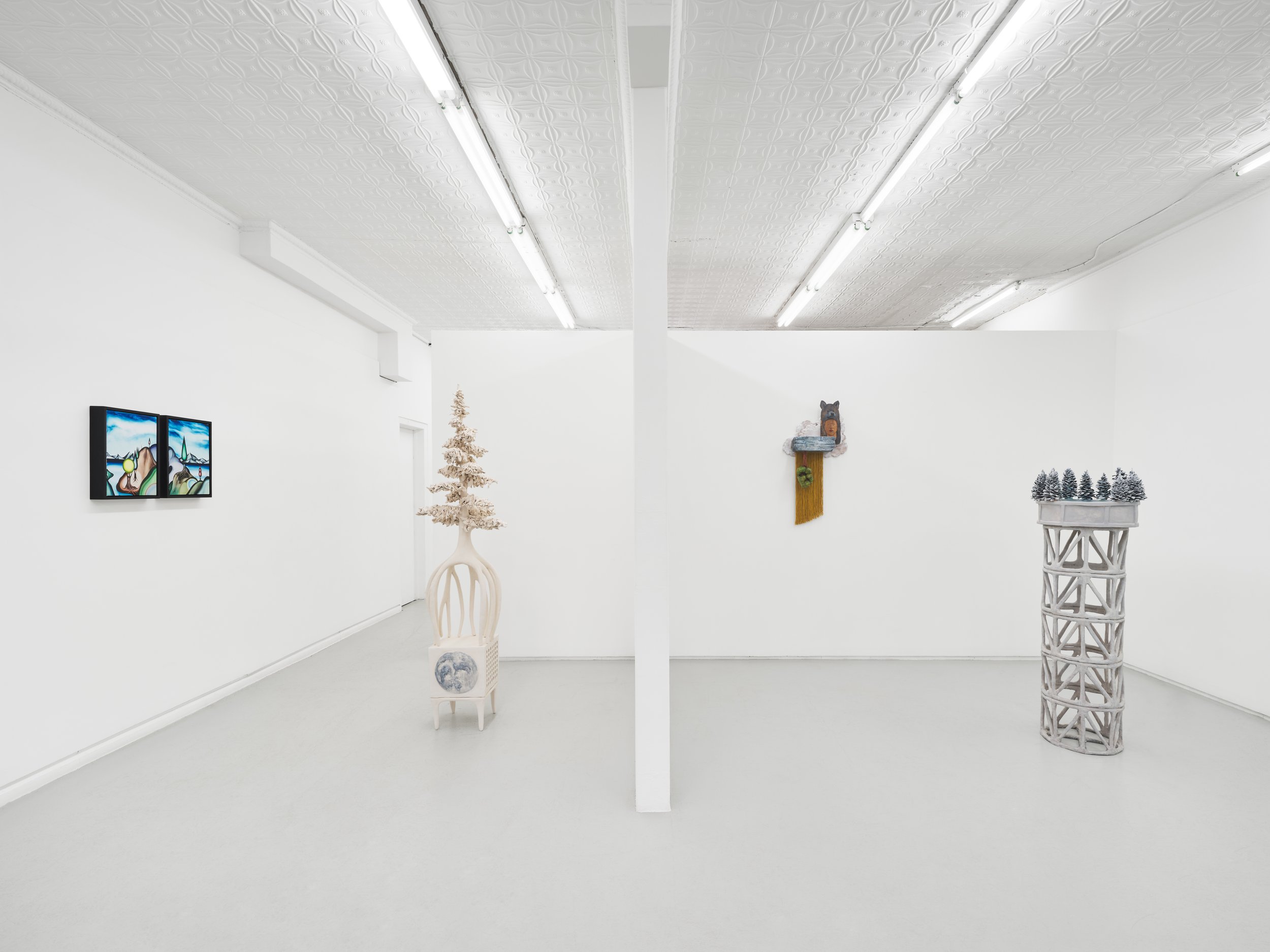
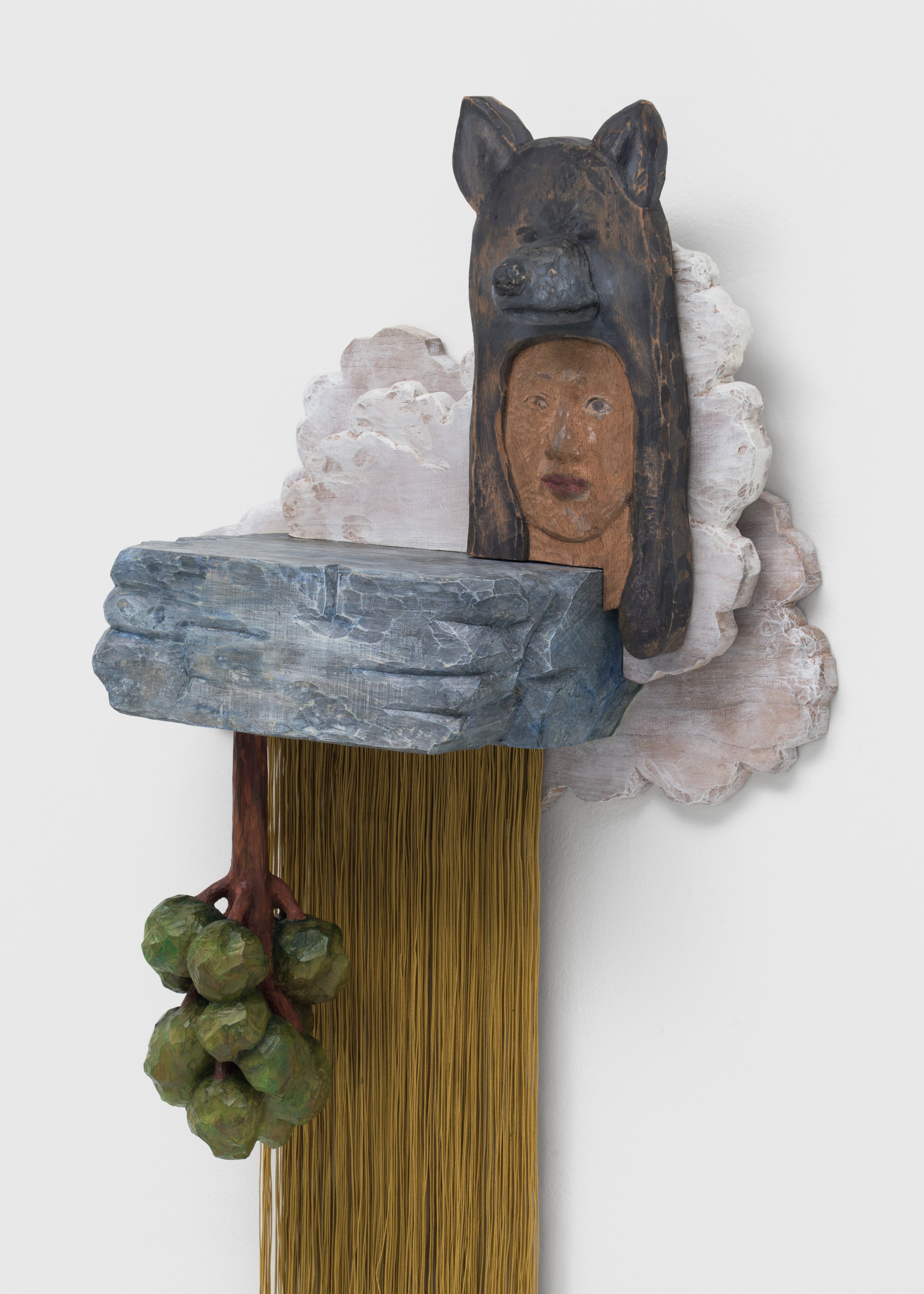

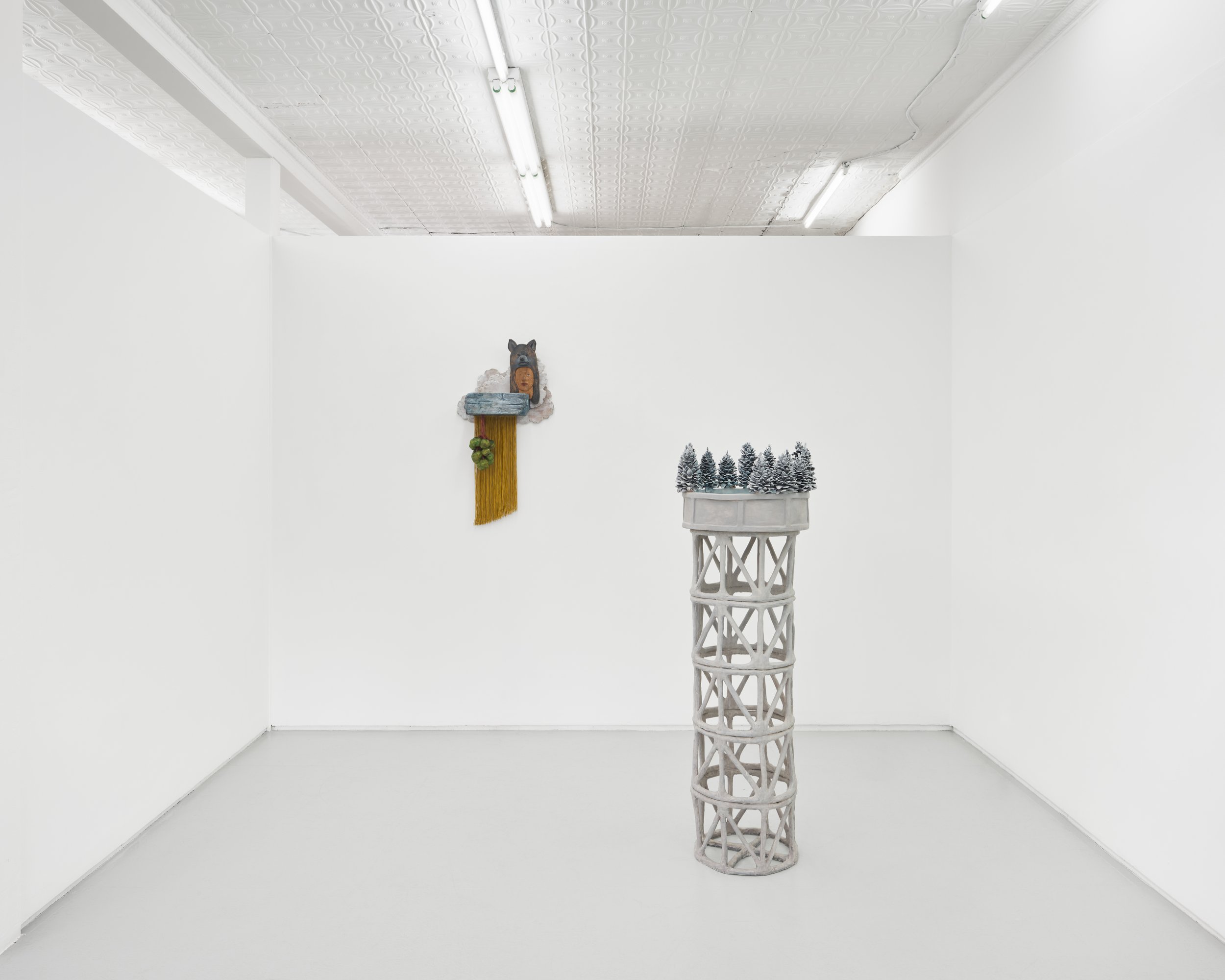
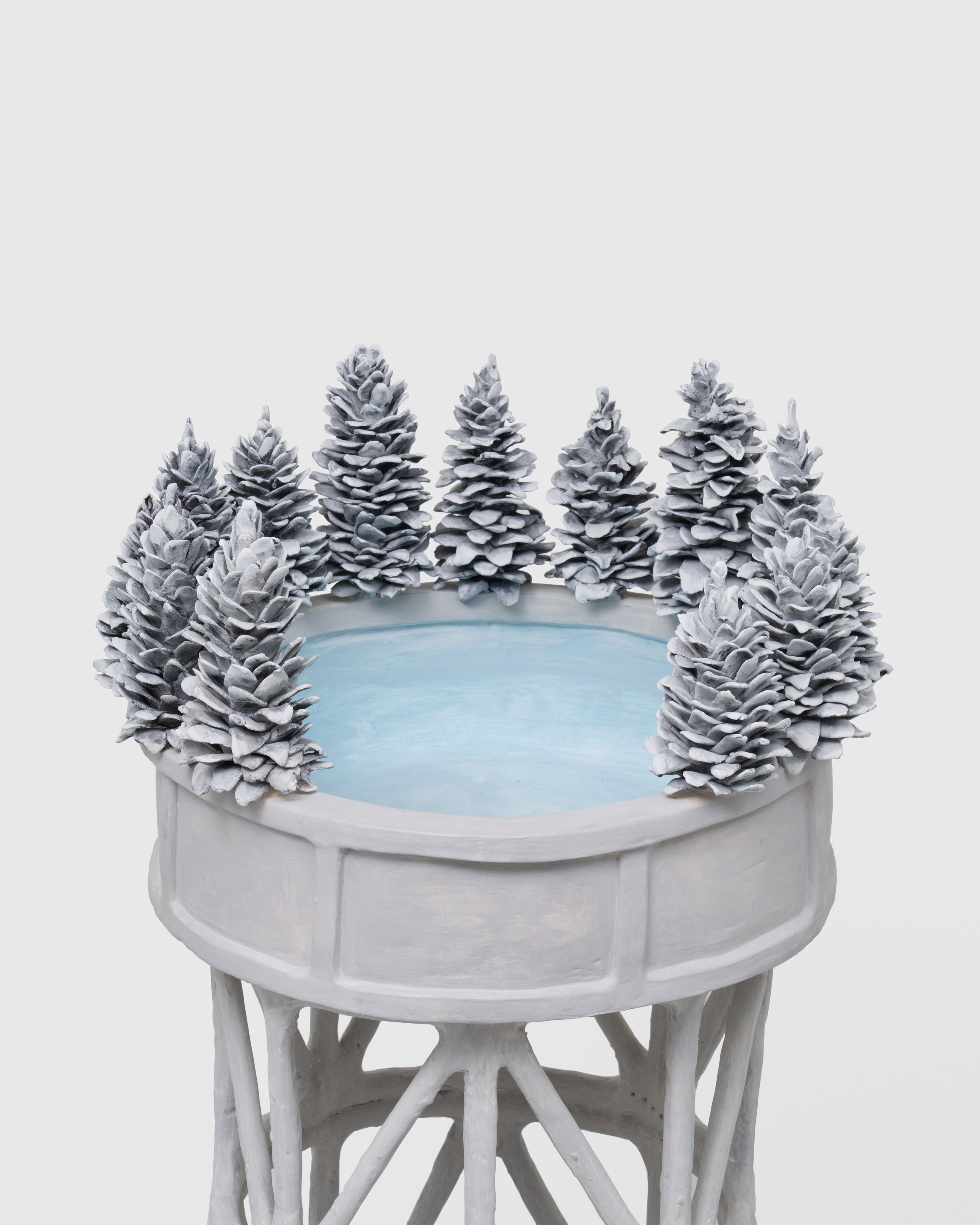
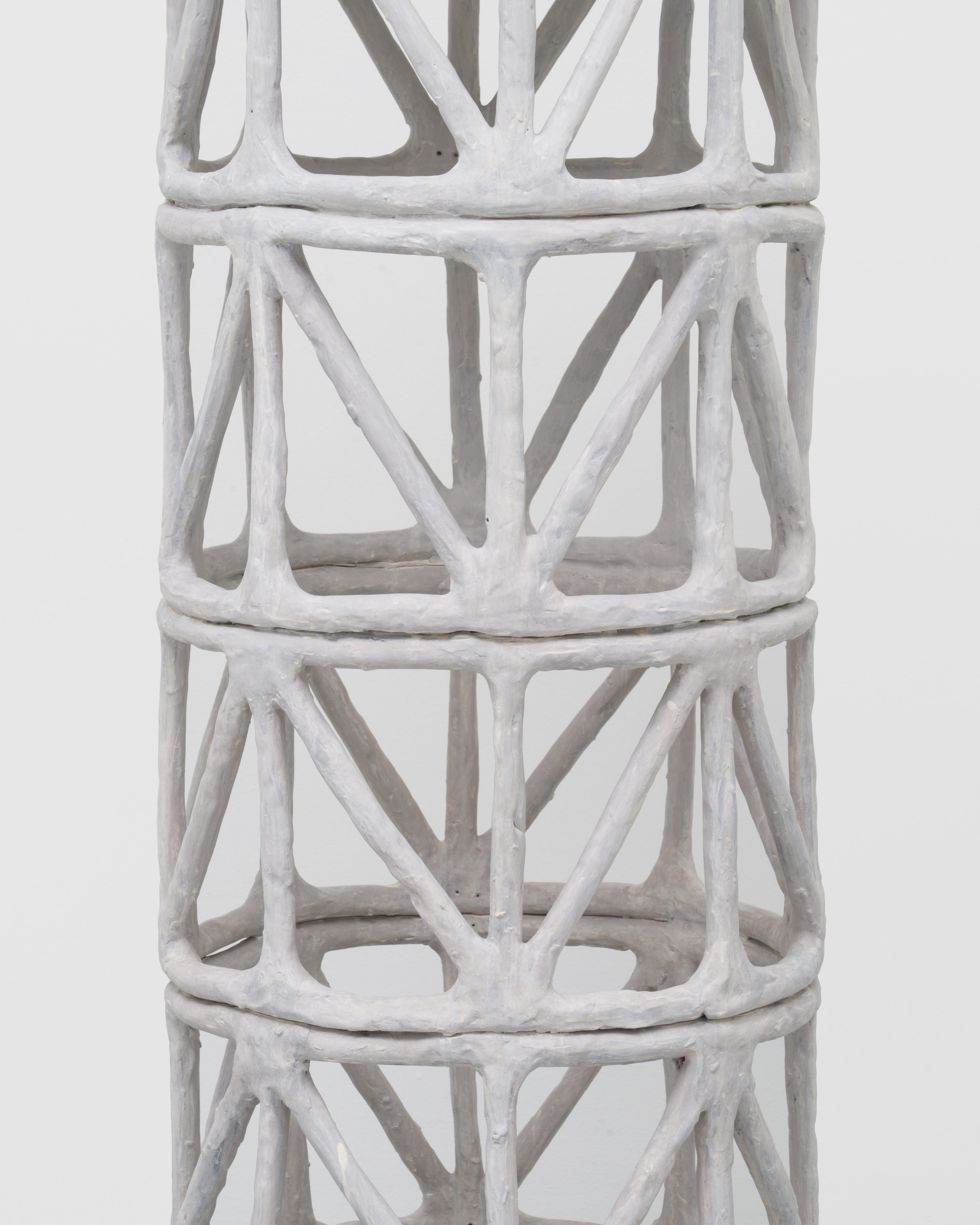
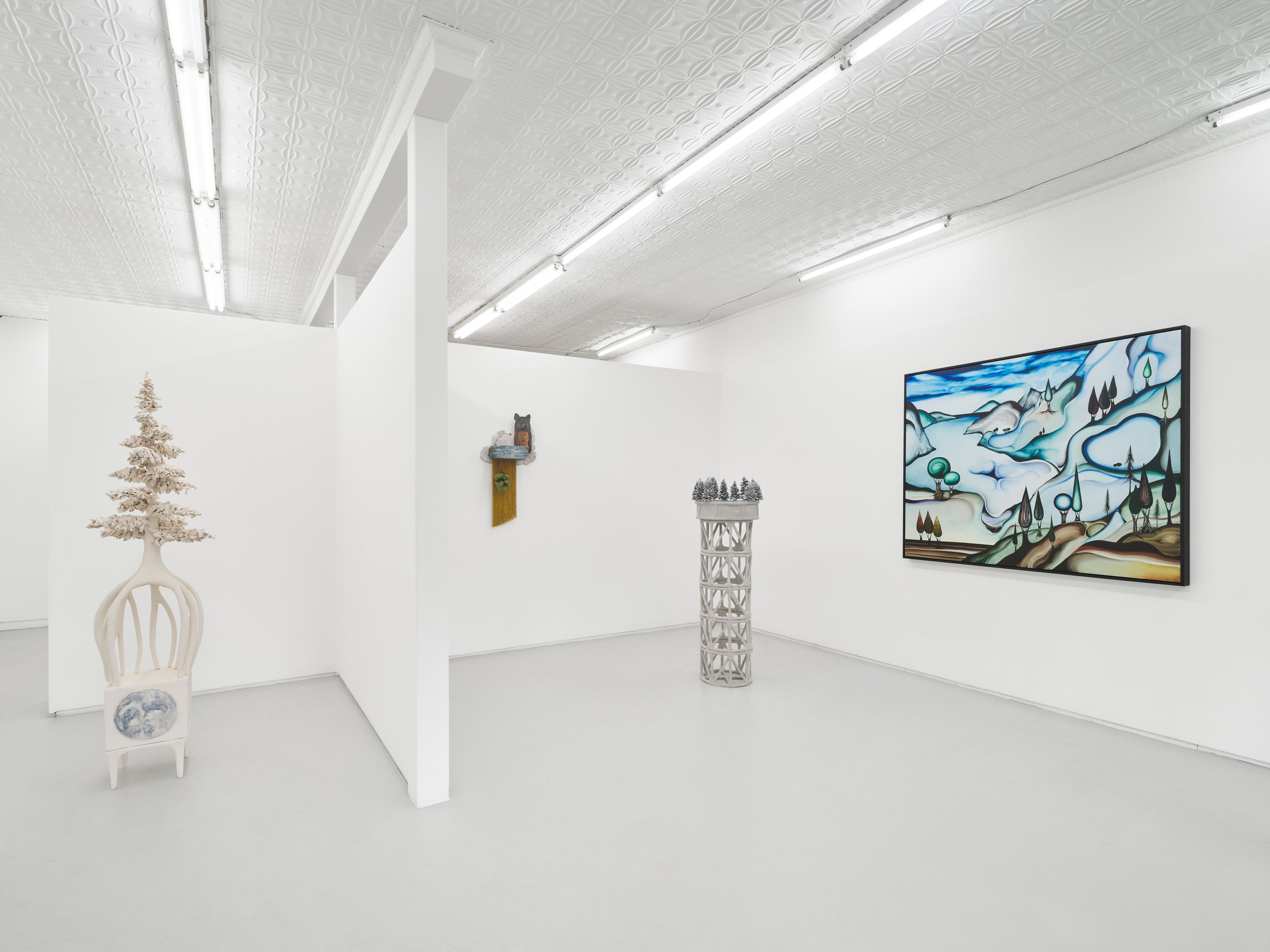
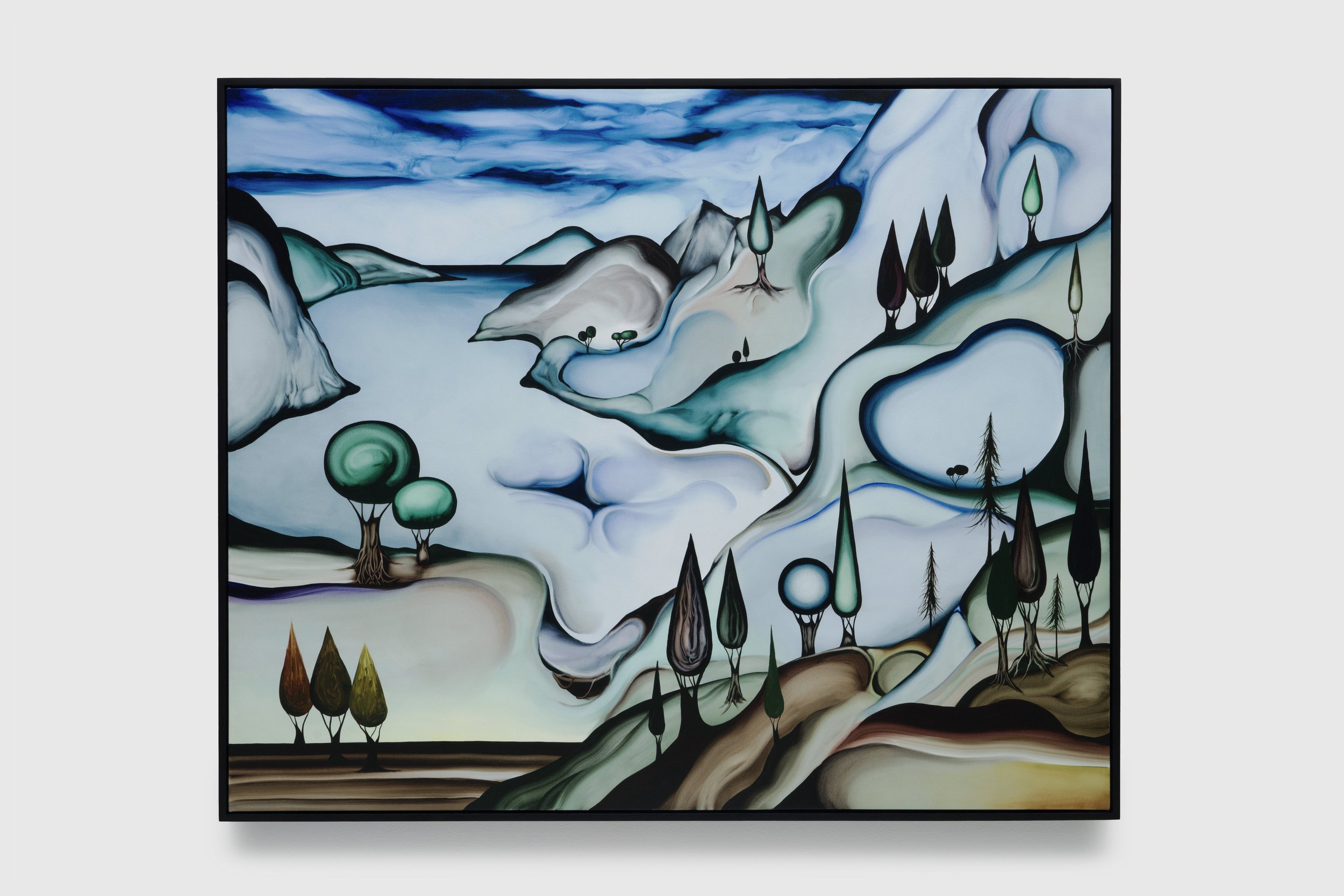
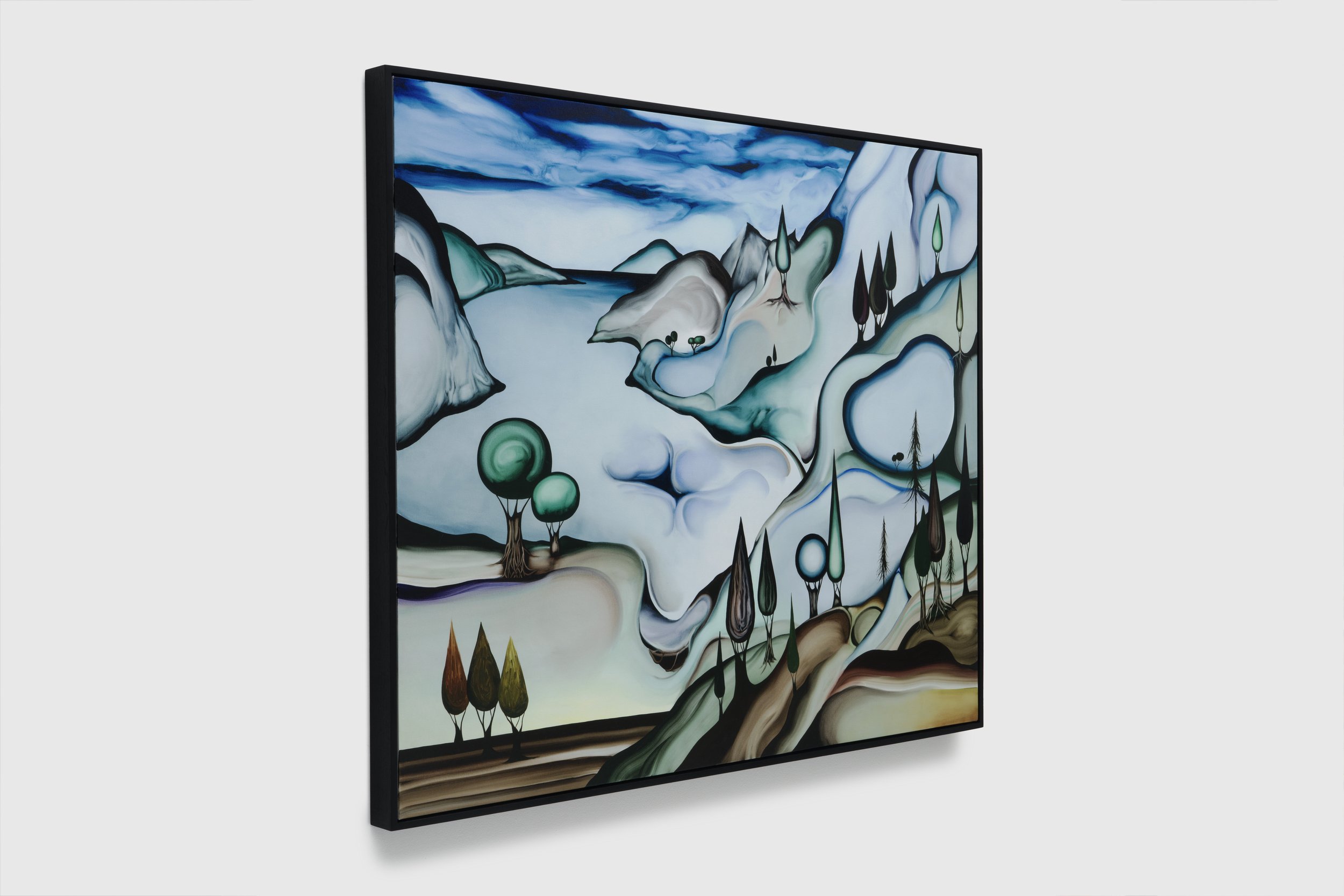
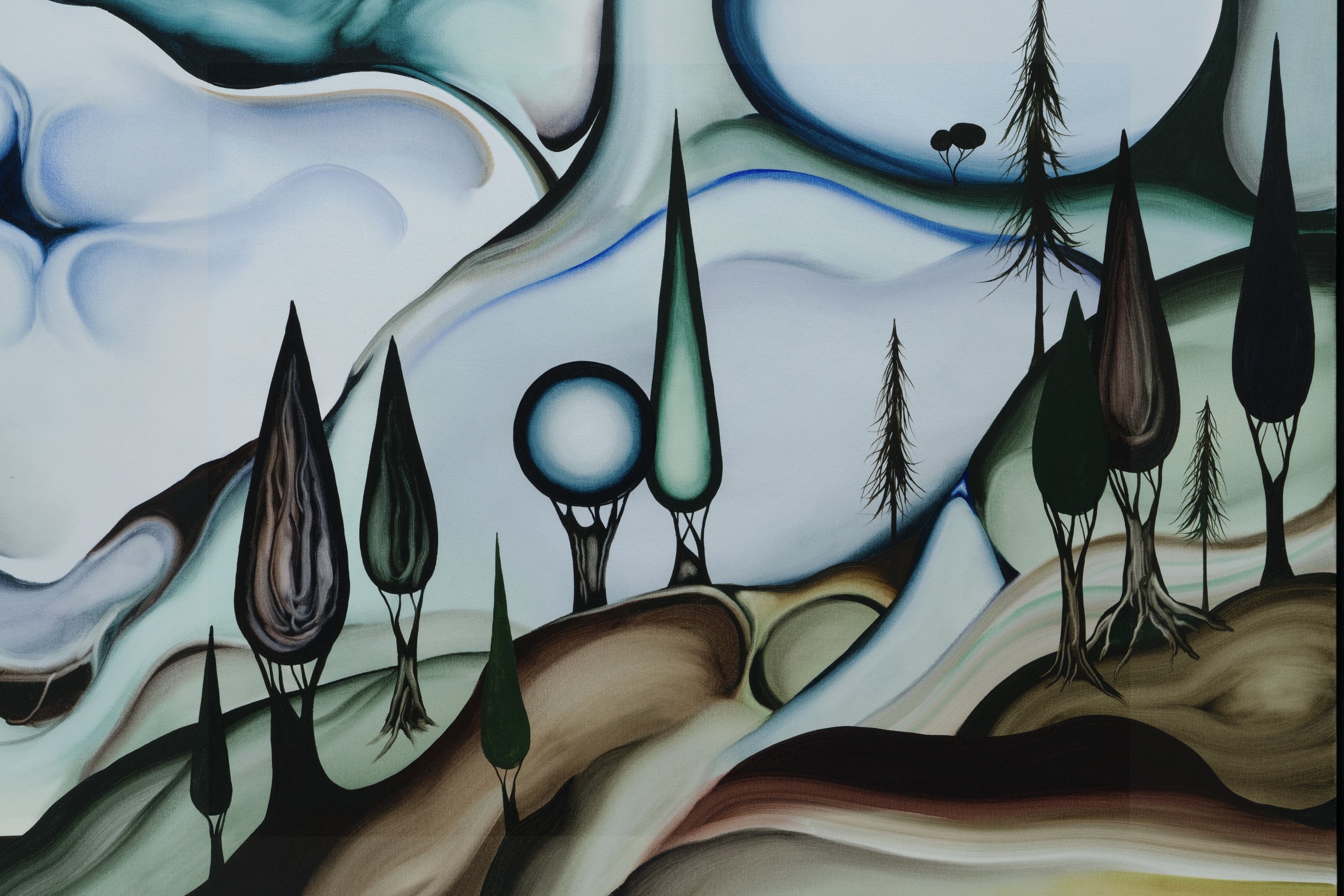
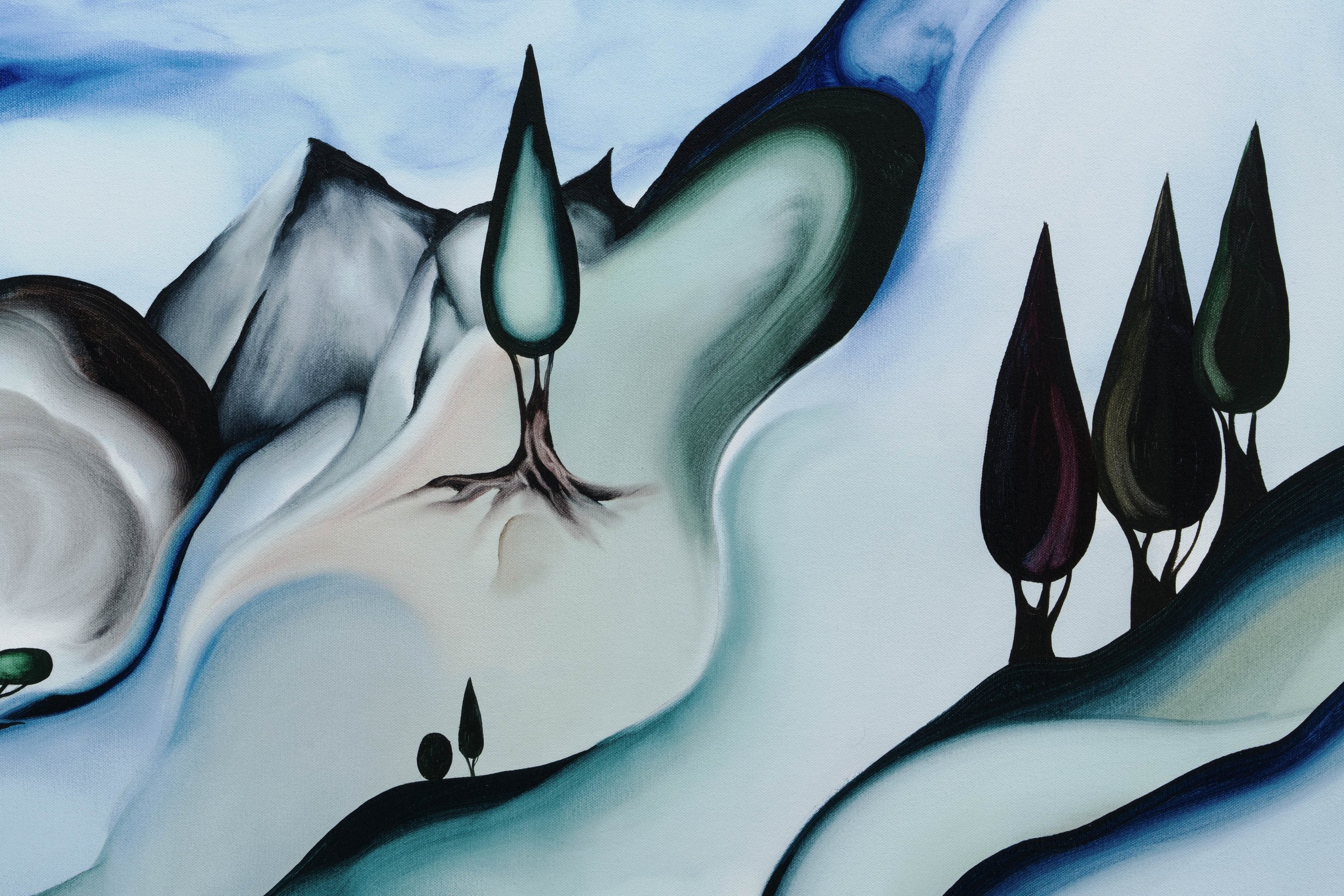
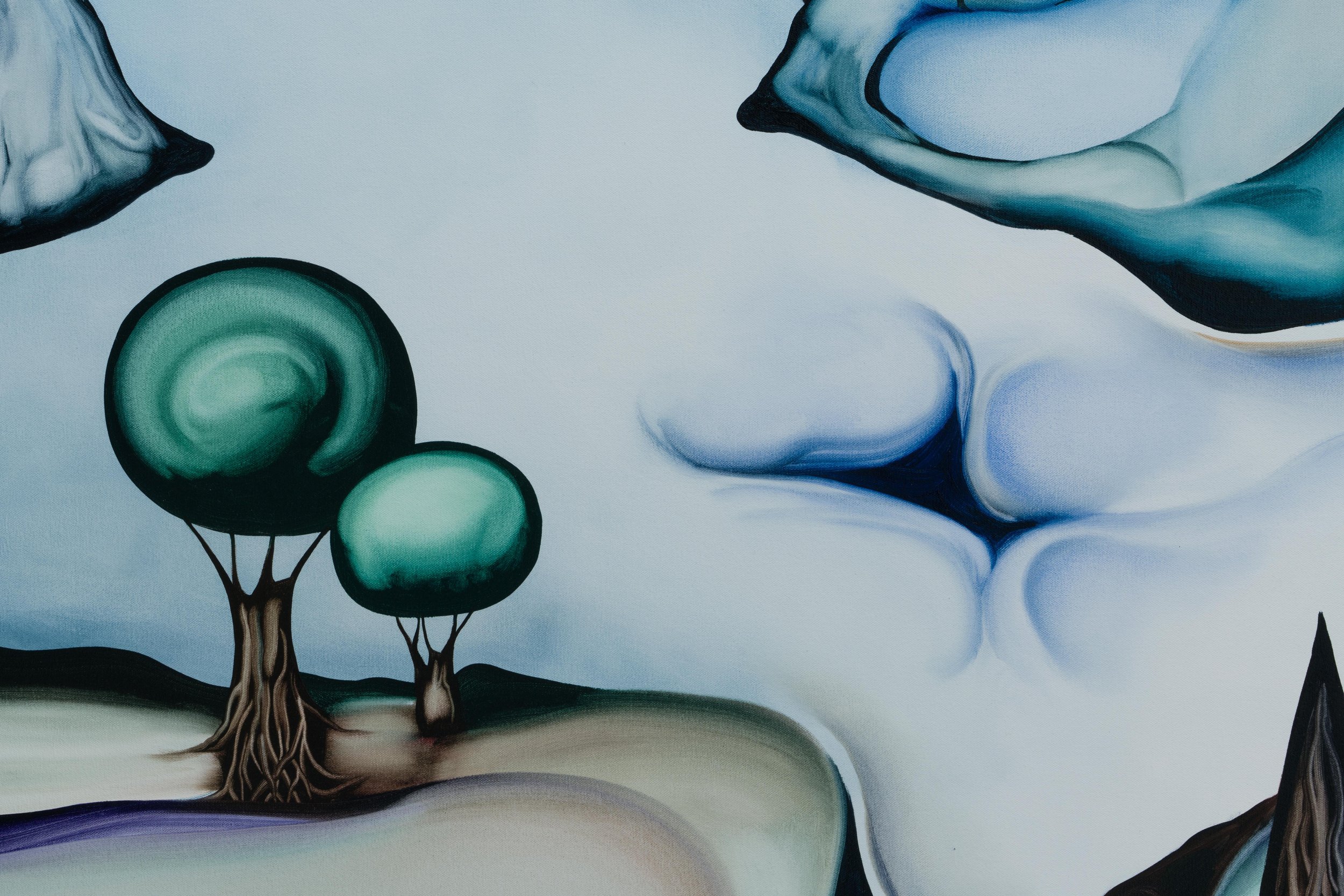
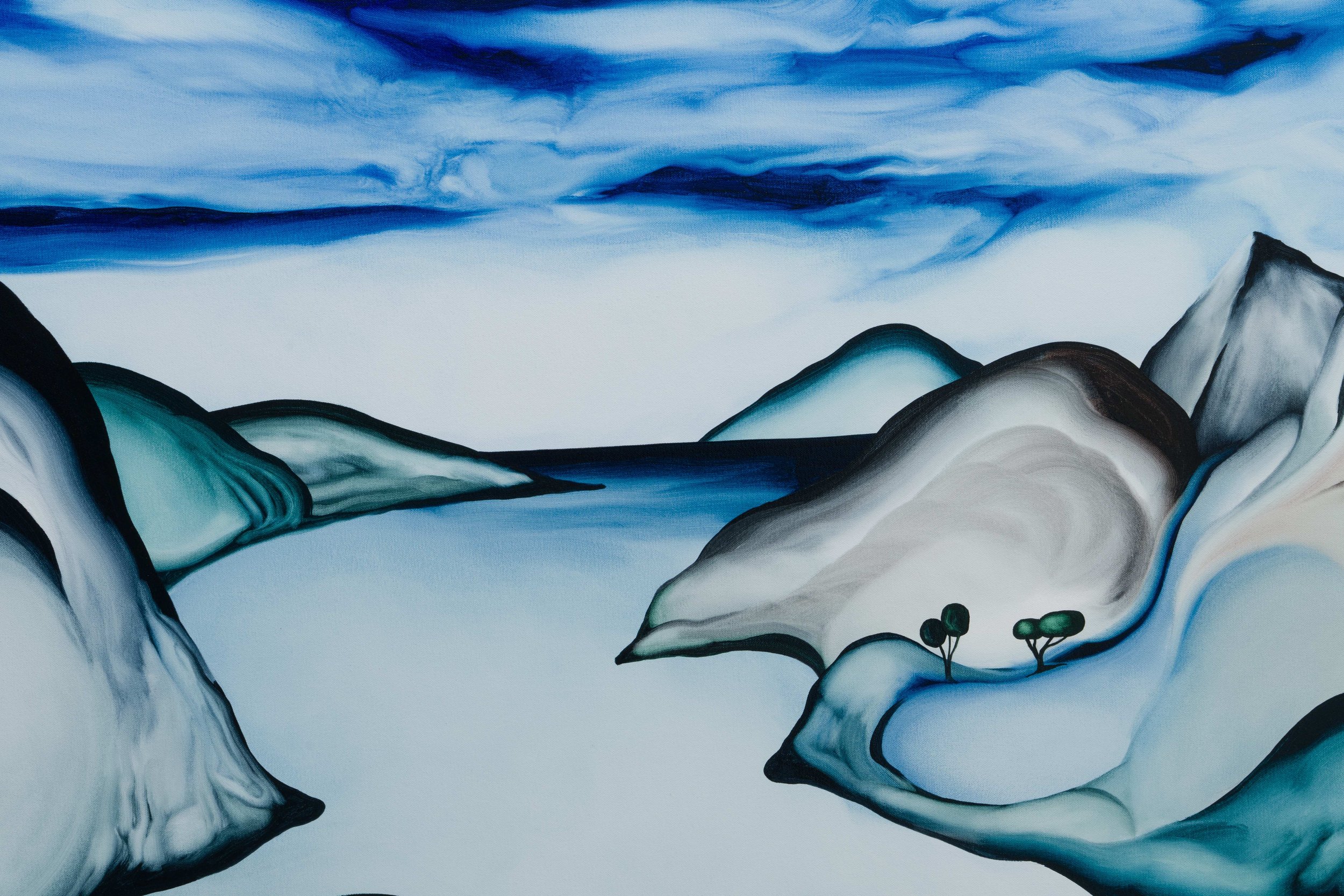
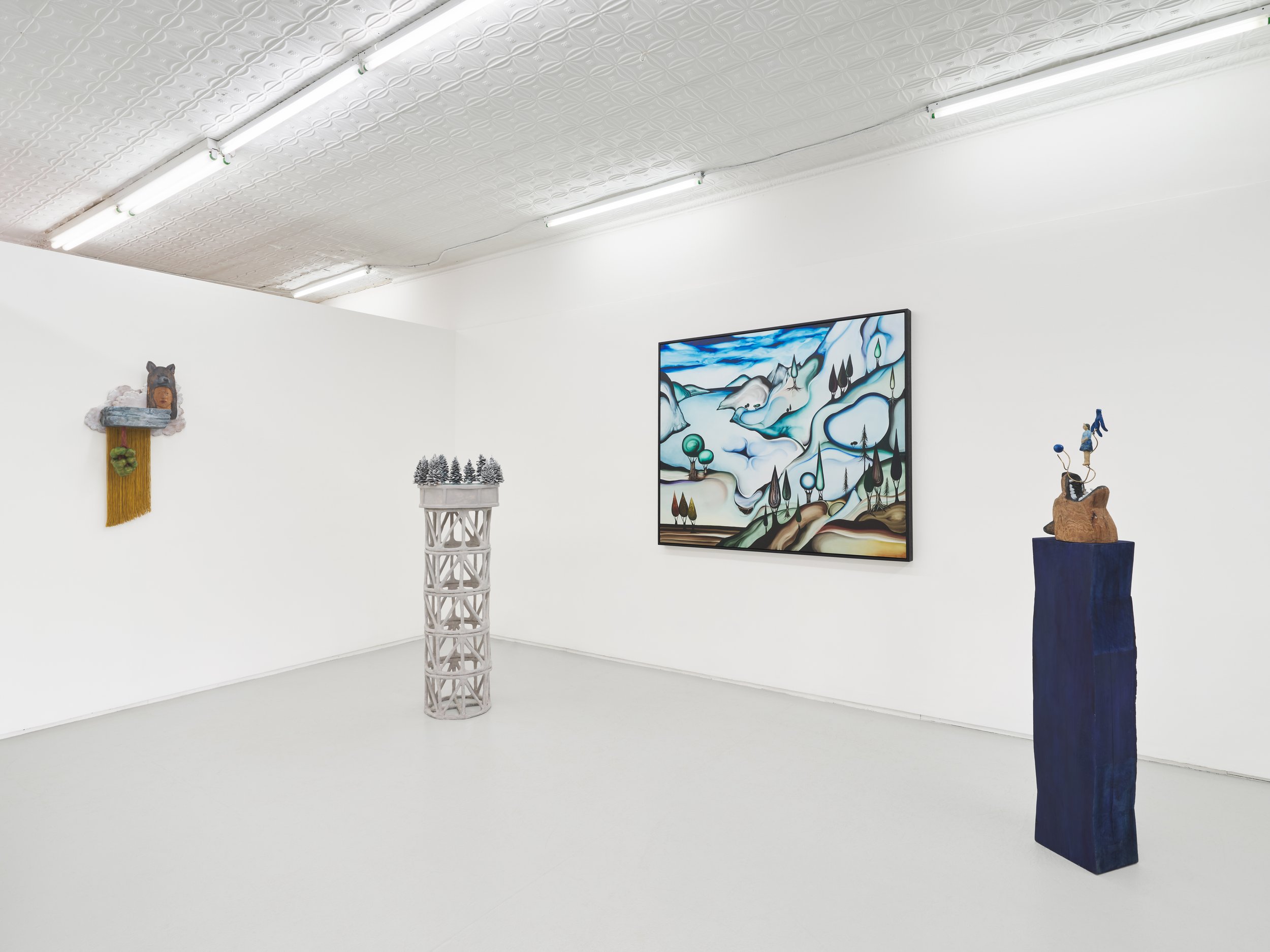
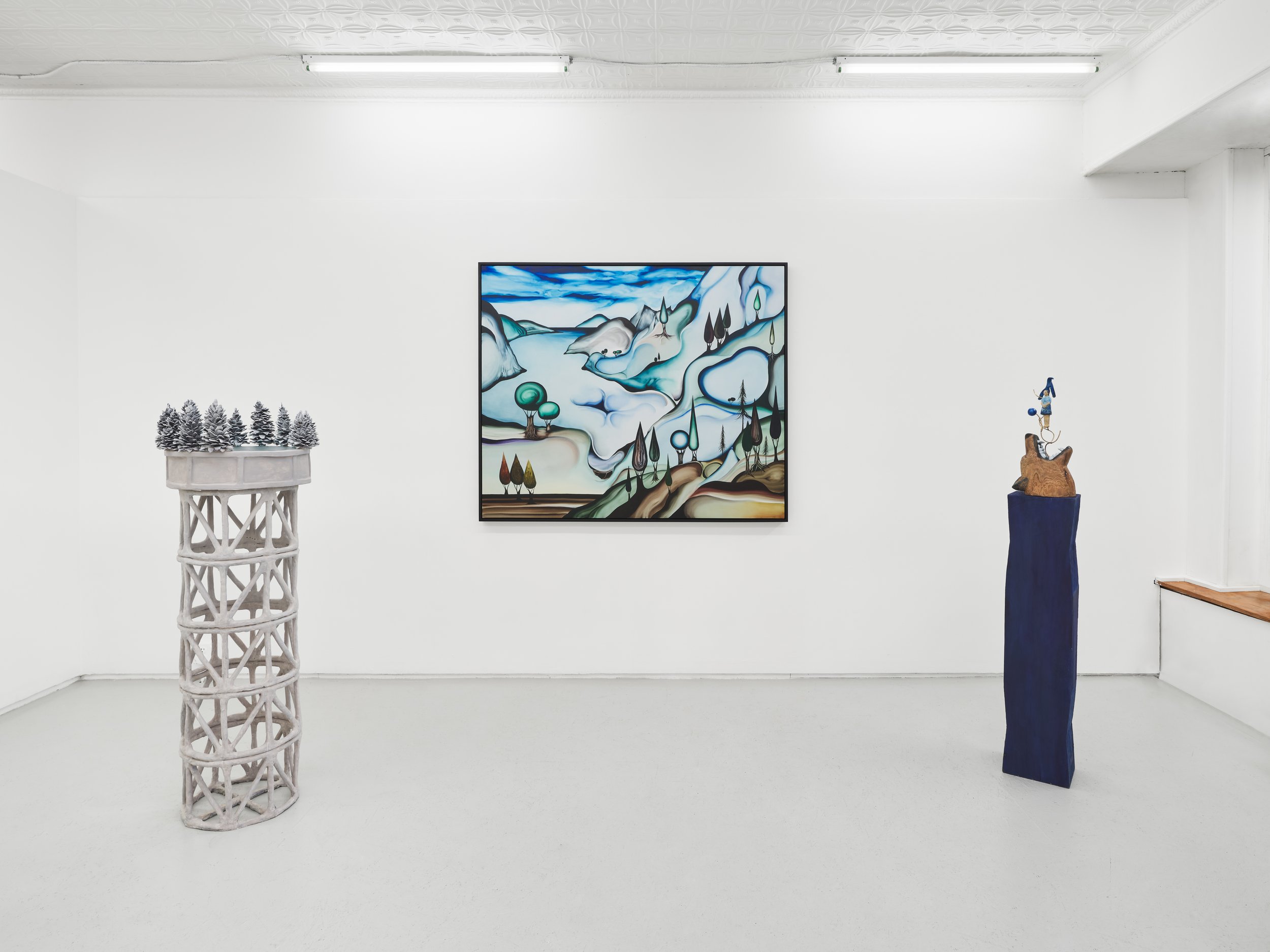
Press Release
Mrs. is excited to present Tree At My Window, a group exhibition featuring new works by Sachiko Akiyama, Susan Classen Sullivan, and Robert Zehnder. Titled after the Robert Frost poem, the works in this show reflect on the complex relationship between humans and the natural world. Through sculpture and painting these three artists offer a unique perspective on how Mother Nature intersects with human existence, touching on themes of transformation, mystery, and mortality.
Tree At My Window
Tree at my window, window tree,
My sash is lowered when night comes on;
But let there never be curtain drawn
Between you and me.
Vague dream head lifted out of the ground,
And thing next most diffuse to cloud,
Not all your light tongues talking aloud
Could be profound.
But tree, I have seen you taken and tossed,
And if you have seen me when I slept,
You have seen me when I was taken and swept
And all but lost.
That day she put our heads together,
Fate had her imagination about her,
Your head so much concerned with outer,
Mine with inner, weather.
-Robert Frost
Sachiko Akiyama’s sculptures are deeply tied to the concept of presence and essence. Working primarily in woodcarving, Akiyama transforms natural materials into objects that reflect intangible qualities. Rather than aiming for literal representation, Akiyama’s work seeks to evoke what lies beneath the surface—an inner portrait of the soul. Her pieces often integrate symbols from nature, such as trees, wolves, and water, to explore both personal and universal experiences. Drawing from mythology, art history, science, and literature, Akiyama’s sculptures tell stories of migration and transformation, reflecting on the ways in which humans, like the environment, undergo cycles of change.
Akiyama’s use of wood as a medium is particularly significant. The material itself, shaped by time and growth, becomes a symbol of life's cyclical nature. In her hands, the wood transcends its physicality, inviting viewers to explore deeper meanings within the forms. The artist's work resonates with Frost’s notion of nature as both an external presence and an internal reflection. Much like the poem, Akiyama’s sculptures allow for contemplation on the mysteries that lie within, as well as the connections that bind humanity to the world around them.
Susan Classen Sullivan’s work takes a more direct approach to the symbolism of trees, using them as metaphors for the unseen forces that shape existence. Sullivan’s exploration of trees emerged during time in her new studio, which is situated in a quiet field surrounded by forest. Here, the stillness of nature became a space for reflecting on what lies beneath the surface of human life. Trees, with their hidden root systems, parallel the human experience, where much of our identity and experiences remain unseen. Sullivan’s sculptures incorporate structural grids to represent the biological systems, evoking both the ecosystems and human-made constructs.
Sullivan’s work goes beyond a mere representation of trees; it is a meditation on the fragility of life, exploring the precariousness of both physical and emotional vulnerability. In Moonbox Tree, the artist links the terrestrial with the cosmic, symbolizing the mystery of existence and our reliance on larger systems. By focusing on the space between beginnings and endings—the quiet moments of transition—Sullivan captures the cyclical nature of life, death, and renewal. Her ceramics, like Frost’s window tree, become a point of contemplation on the passage of time and the unseen forces that shape both human and the world of nature.
In contrast to Akiyama and Sullivan’s focus on the material and symbolic presence of nature, Robert Zehnder’s landscape paintings explore the abstract and metaphysical aspects of the wild. Zehnder’s work intersects alien ecologies with imagined terrains, creating abstract biomes that resist definitive representation. The artist’s dynamic process of layering, wiping, and excavating allows for forms to emerge organically, mirroring nature’s cycles of transformation, decay, and renewal. Influenced by devotional art and the spiritual tone of the Renaissance, Zehnder’s paintings capture the sensation of becoming, capturing nature not as a fixed entity, but as an evolving, fluid process.
Zehnder’s landscapes are not meant to depict specific places but rather to evoke the emotional and psychological states that arise when encountering nature. His work focuses on the internal experience of transformation, mirroring the artist’s interest in themes such as metabolism, topiaries, and the cycles of nature. In his paintings, the landscape becomes a metaphor for human experience—constantly shifting, never fully defined, and shaped by forces beyond our control. Through this process of abstraction, Zehnder invites viewers to consider the unknown and the unknowable aspects of the world, encouraging a deeper reflection on the mysteries of existence and the interconnectedness of all life forms.
Taken together, the works of Akiyama, Sullivan, and Zehnder offer a multifaceted exploration of humanity’s relationship with nature. While Akiyama’s sculptures evoke the spiritual and emotional dimensions of the natural world, Sullivan’s tree forms bring attention to the unseen systems that govern both nature and human existence. Zehnder’s abstract landscapes, meanwhile, explore the transience of the world and the ever-shifting boundaries between the material and the immaterial. These works invite viewers to reflect on the cycles of transformation and renewal that define both human life and Mother Nature.
At the core of Tree at My Window is the shared belief that nature is both a reflection of the human condition and a force that shapes our understanding of life. Whether through the tactile exploration of wood, the structural representation of trees, or the abstraction of landscapes, these artists engage in a dialogue about the mysteries of existence. The exhibition suggests that, like Frost’s poem, nature is both a presence and a mirror, offering endless opportunities for reflection and discovery. Through their work, Akiyama, Sullivan, and Zehnder remind us of the delicate balance between the seen and the unseen, the known and the unknown, and the transient nature of all things.
Tree At My Window will be on view at Mrs., 60-40 56th Drive, Maspeth, Queens, NY 11378, through March 15, 2025. For more information please contact hello@mrsgallery.com.
Press
Must See
Editors, Artforum
